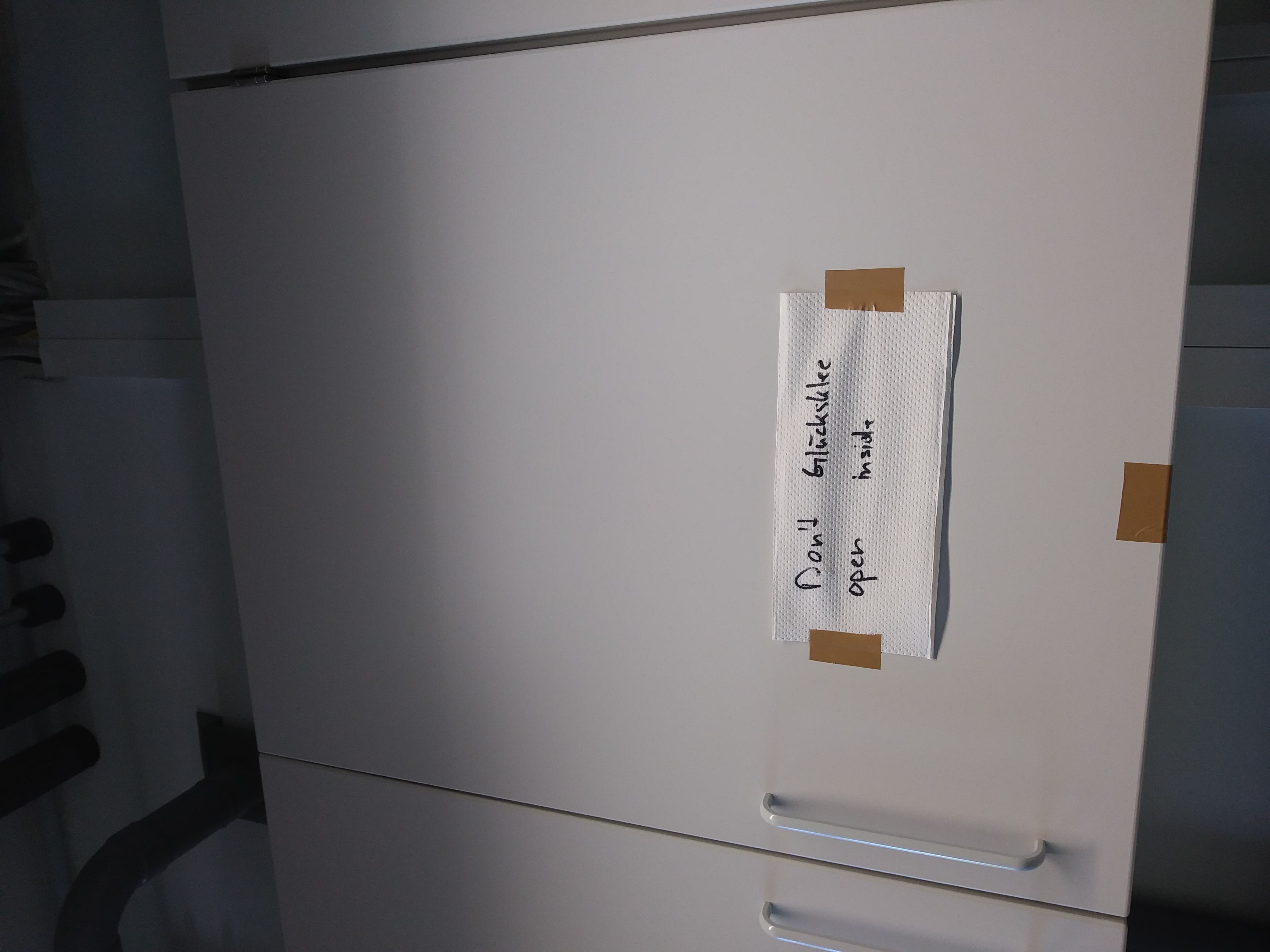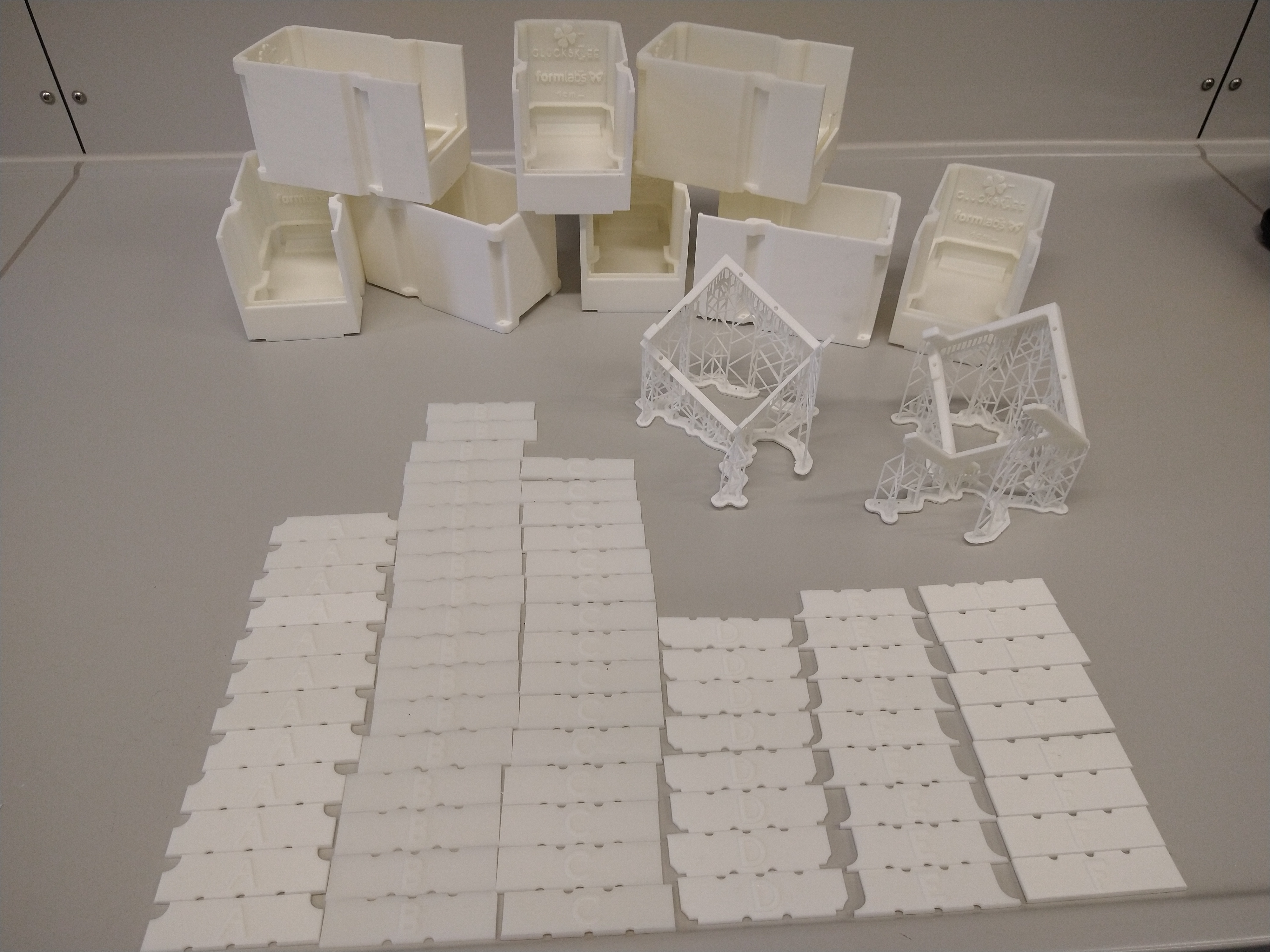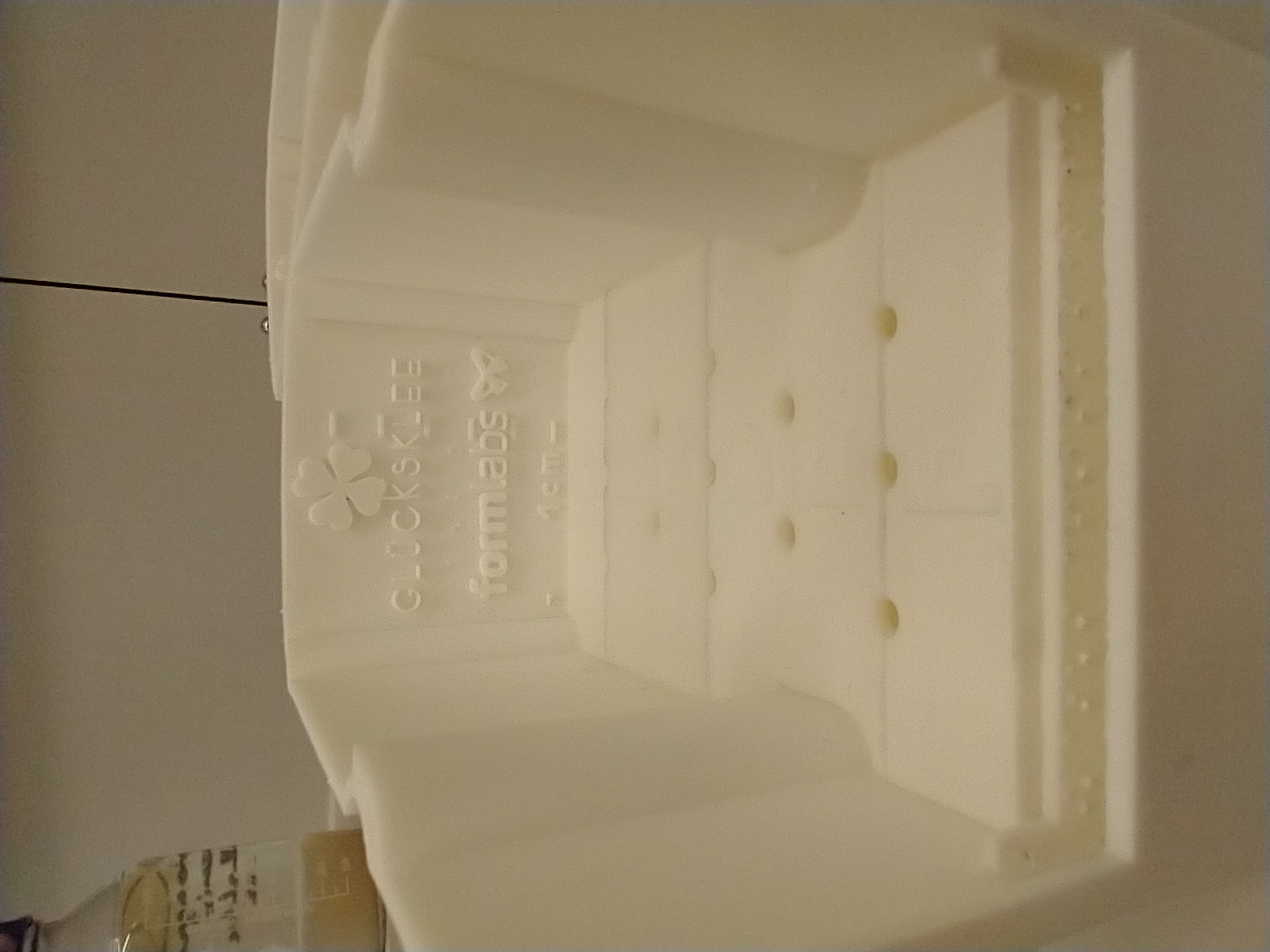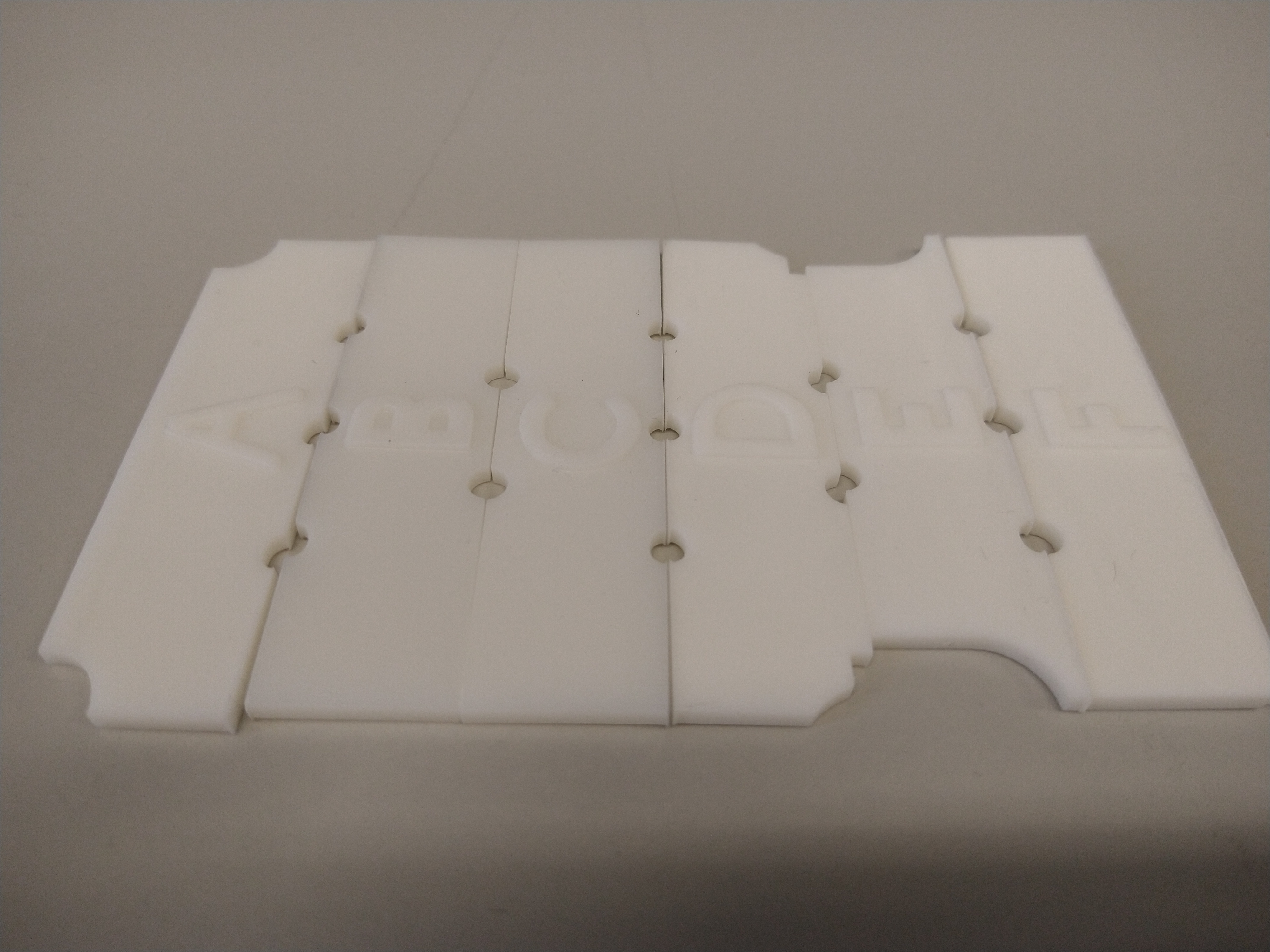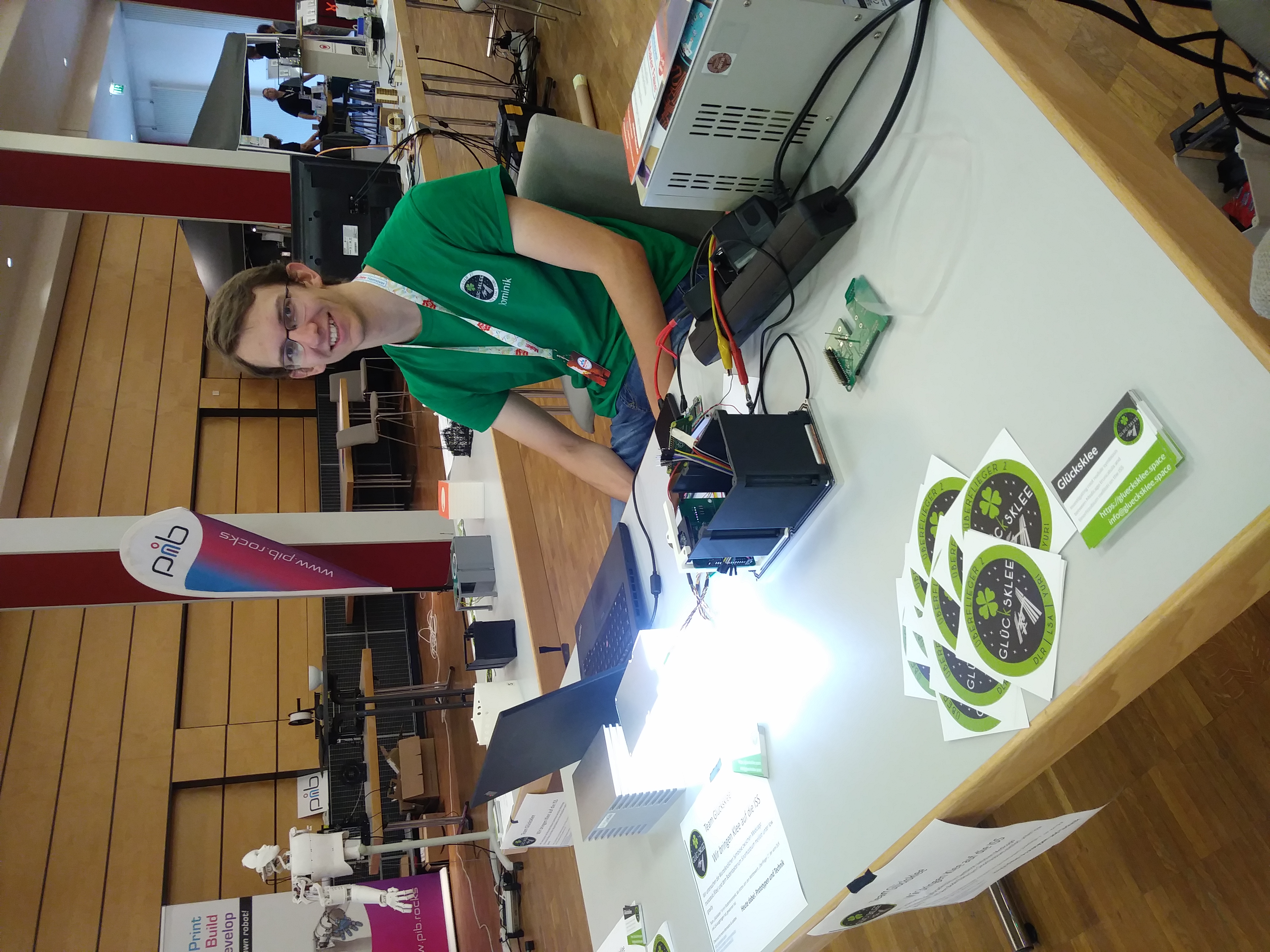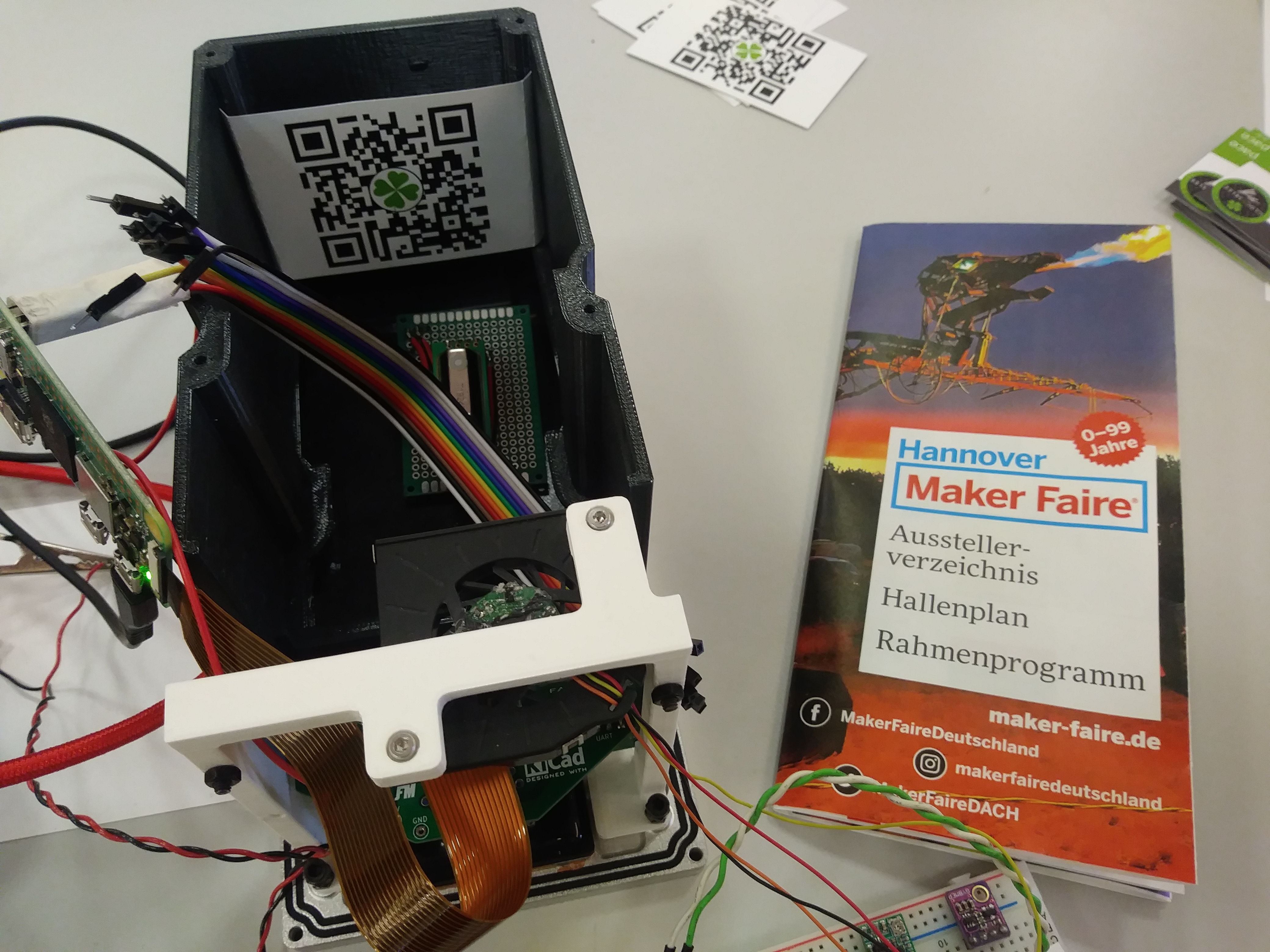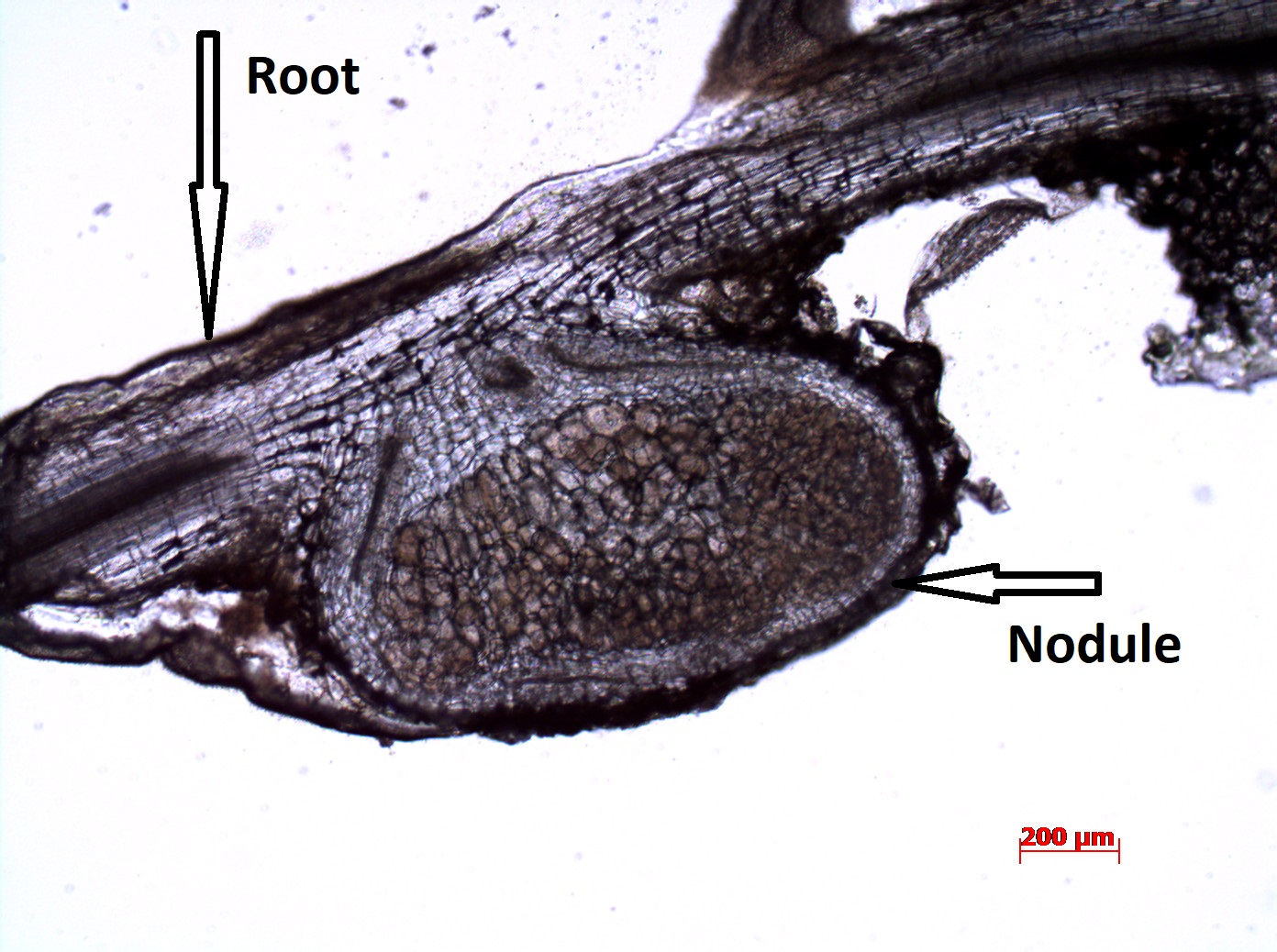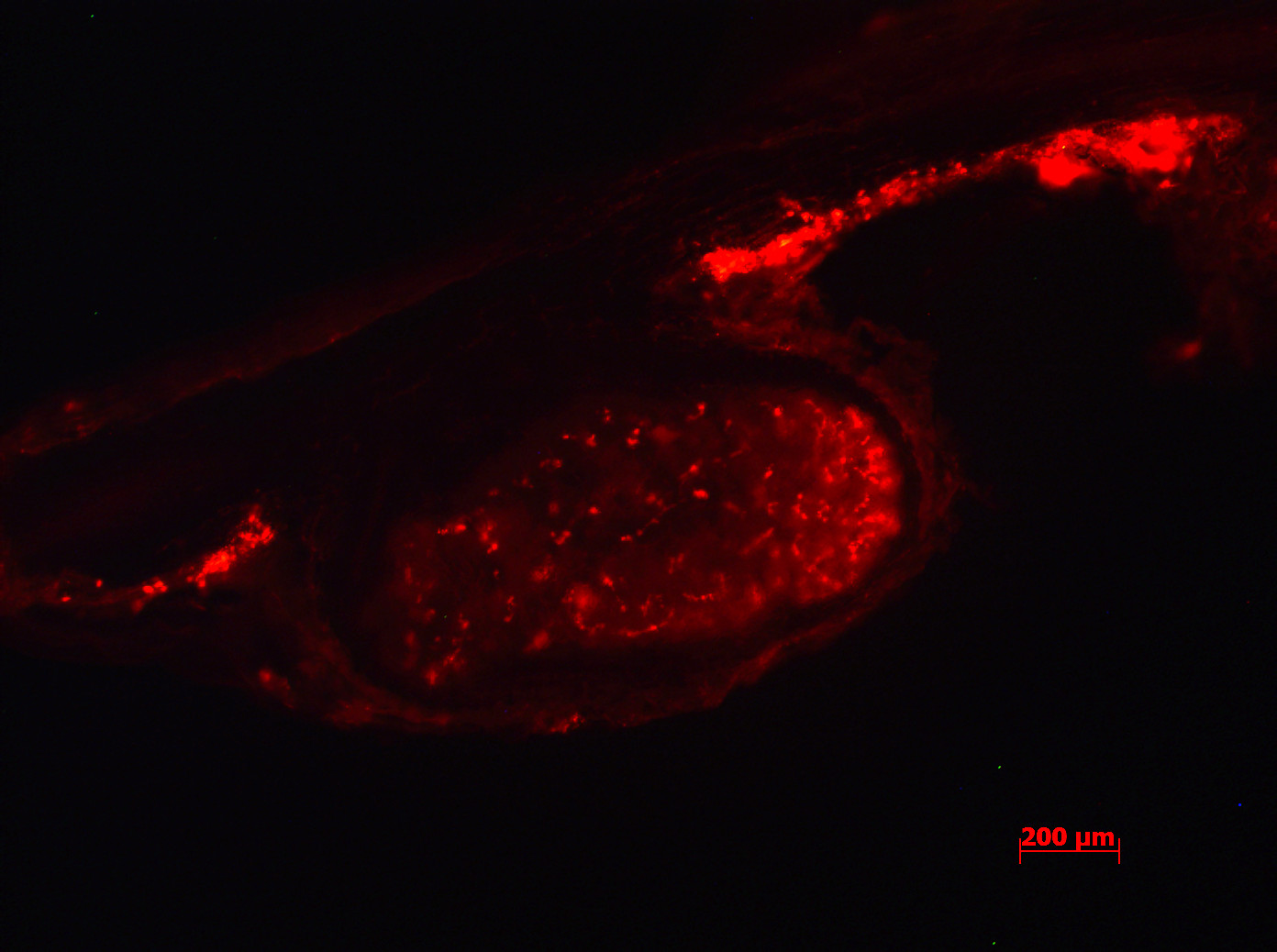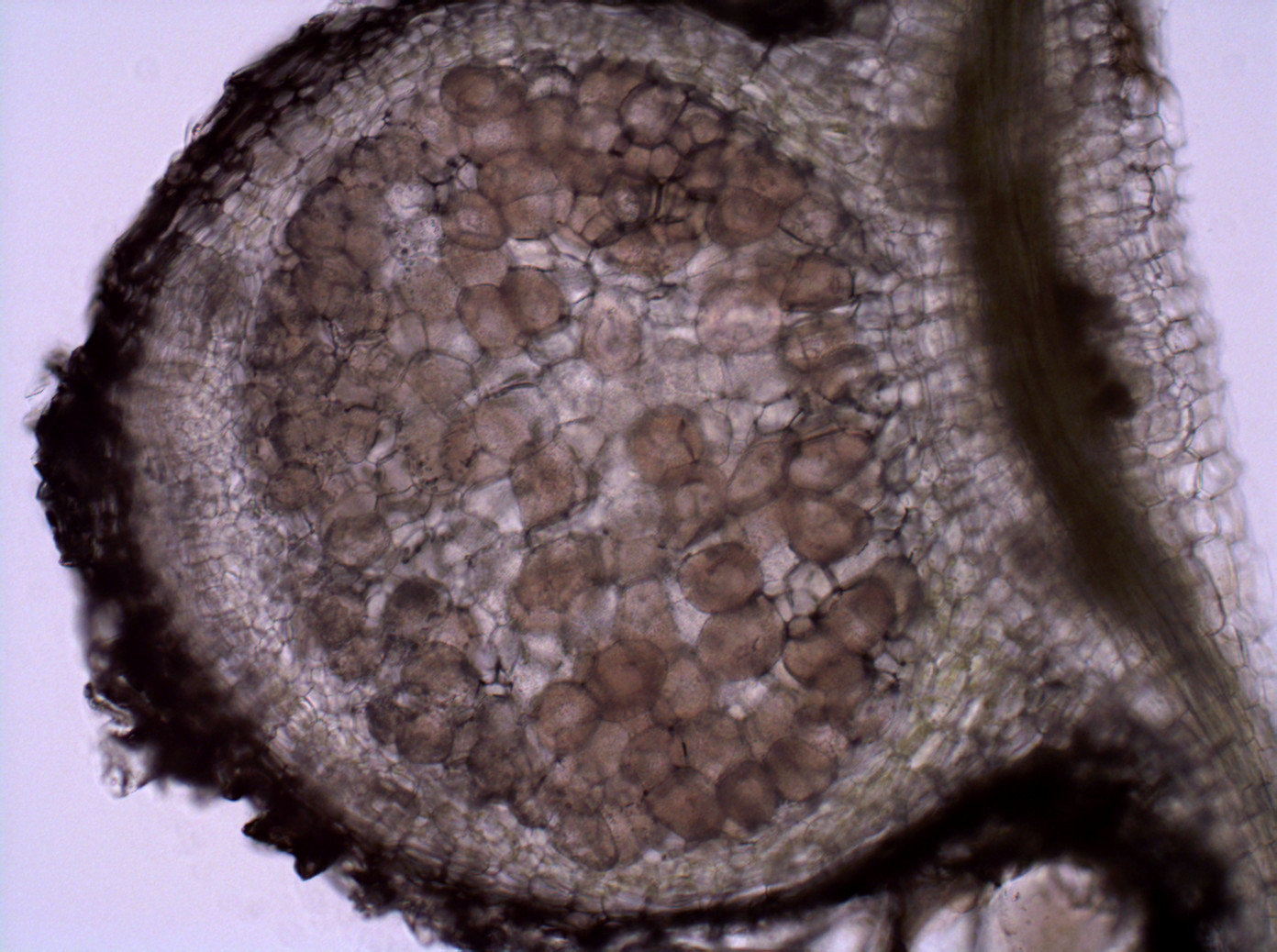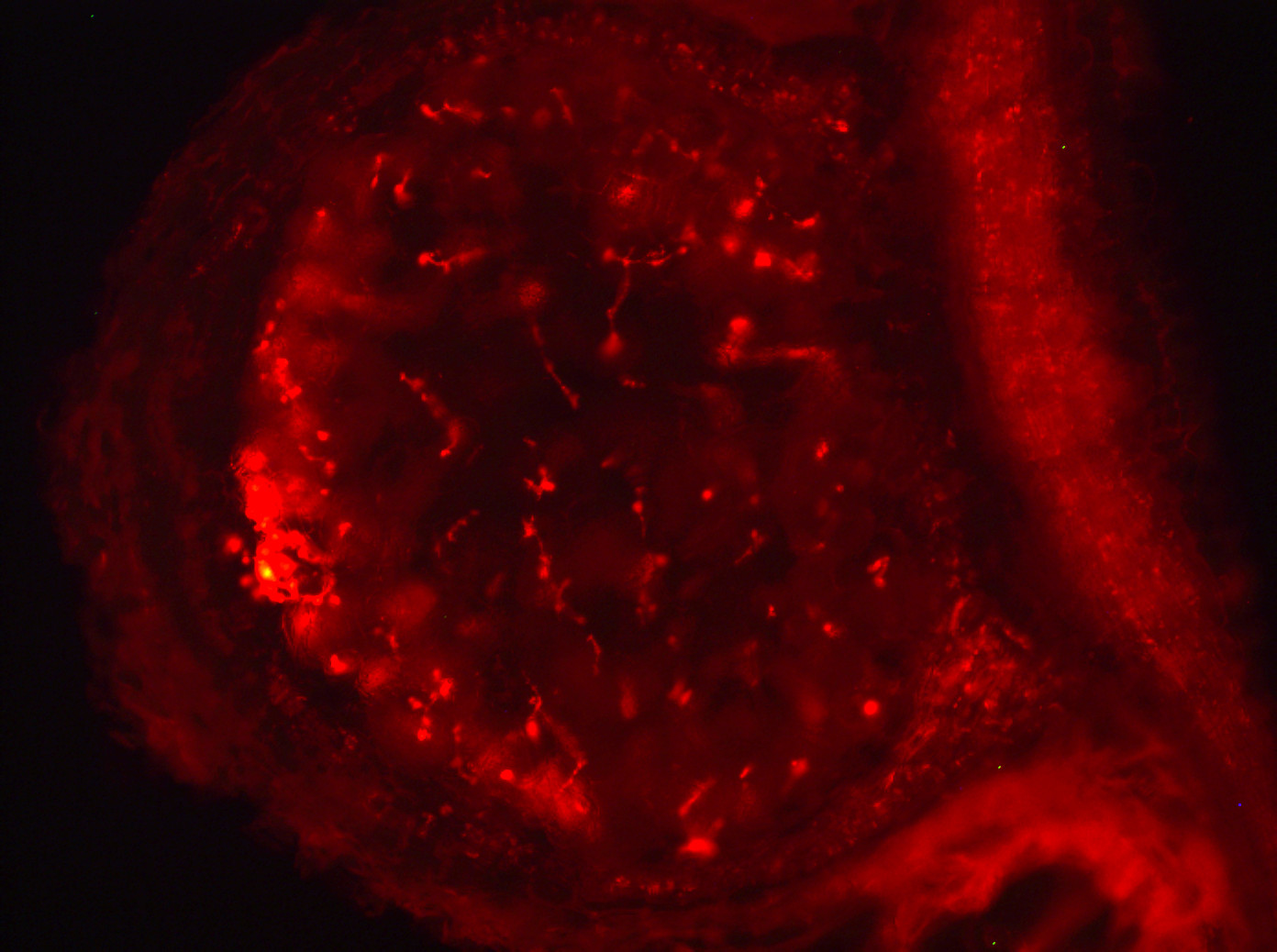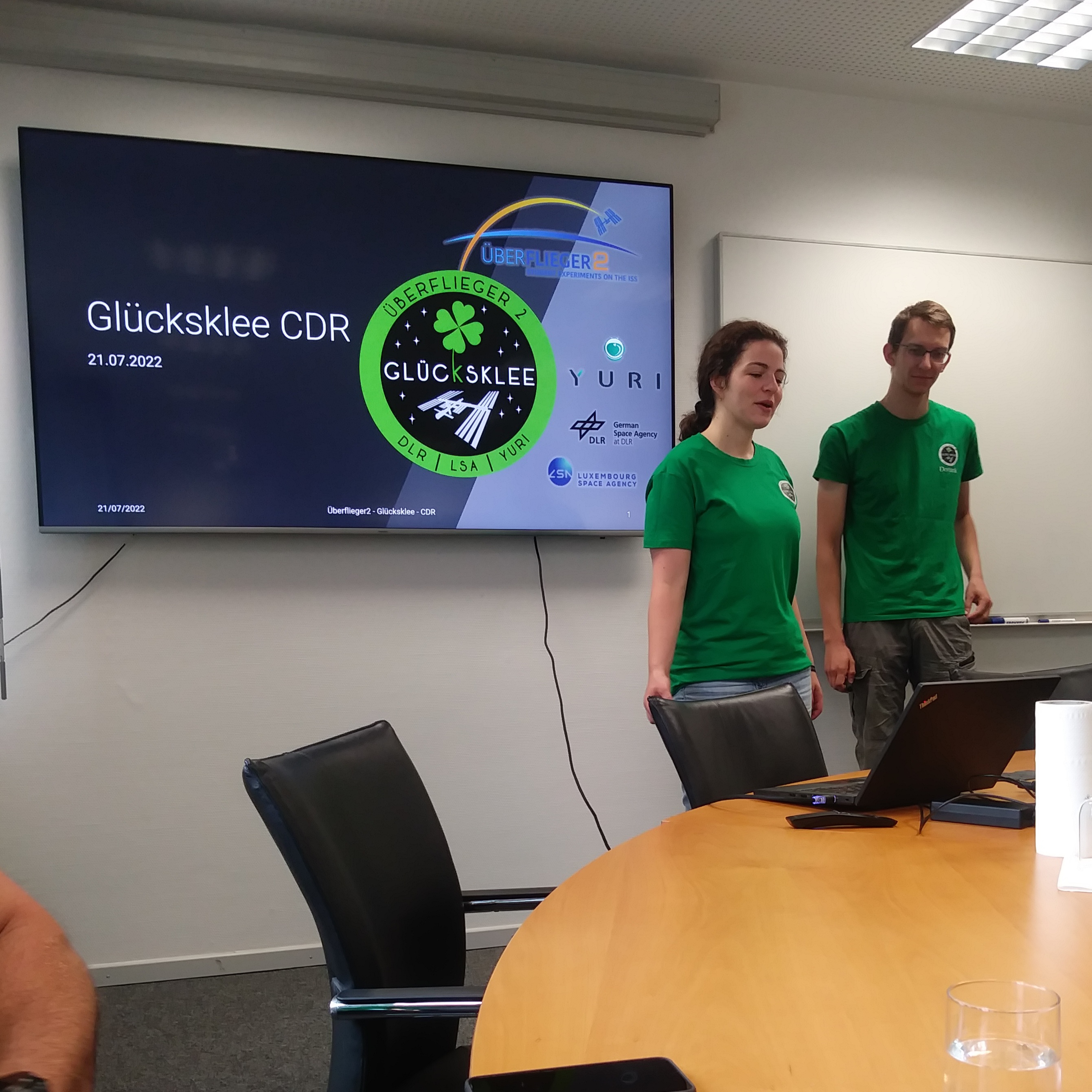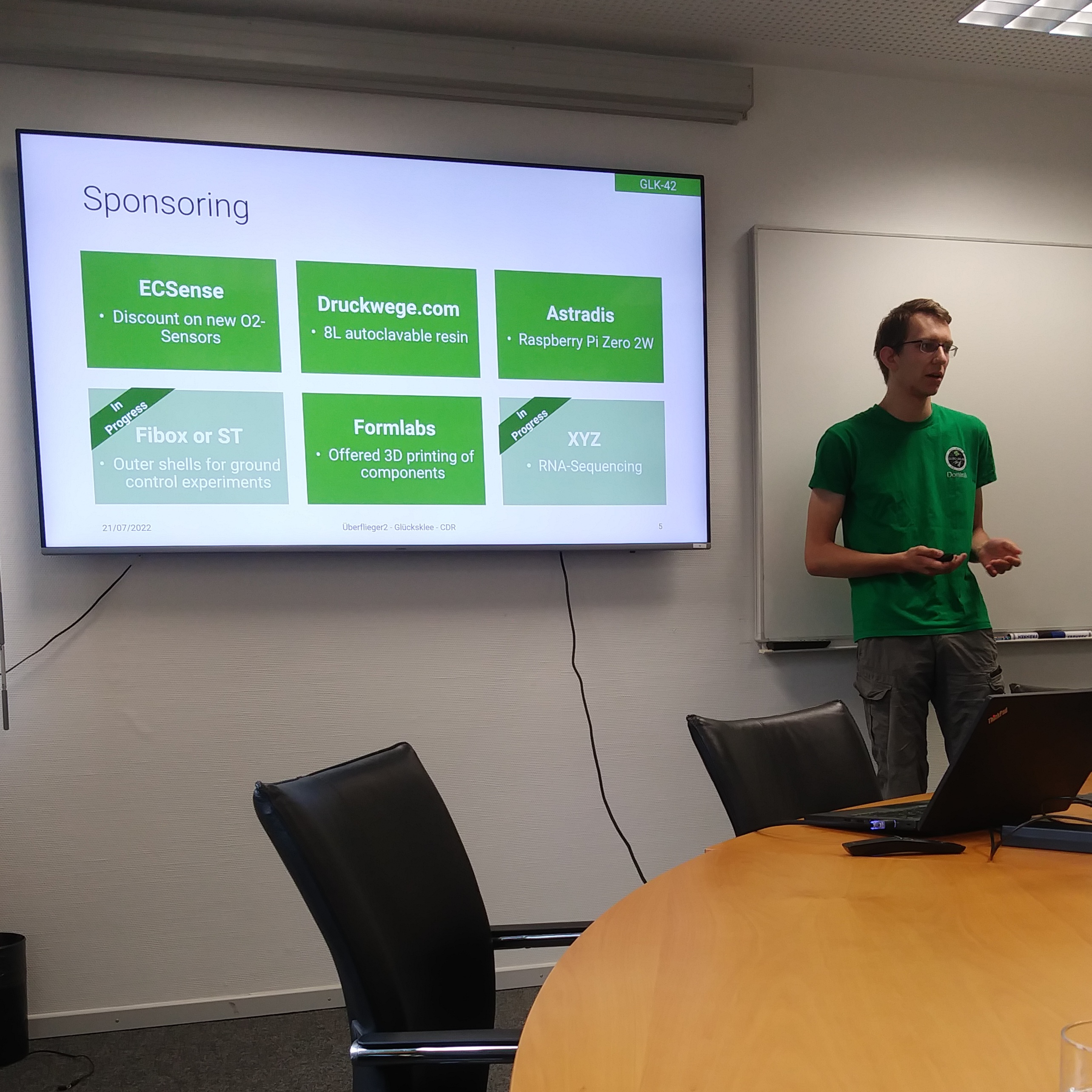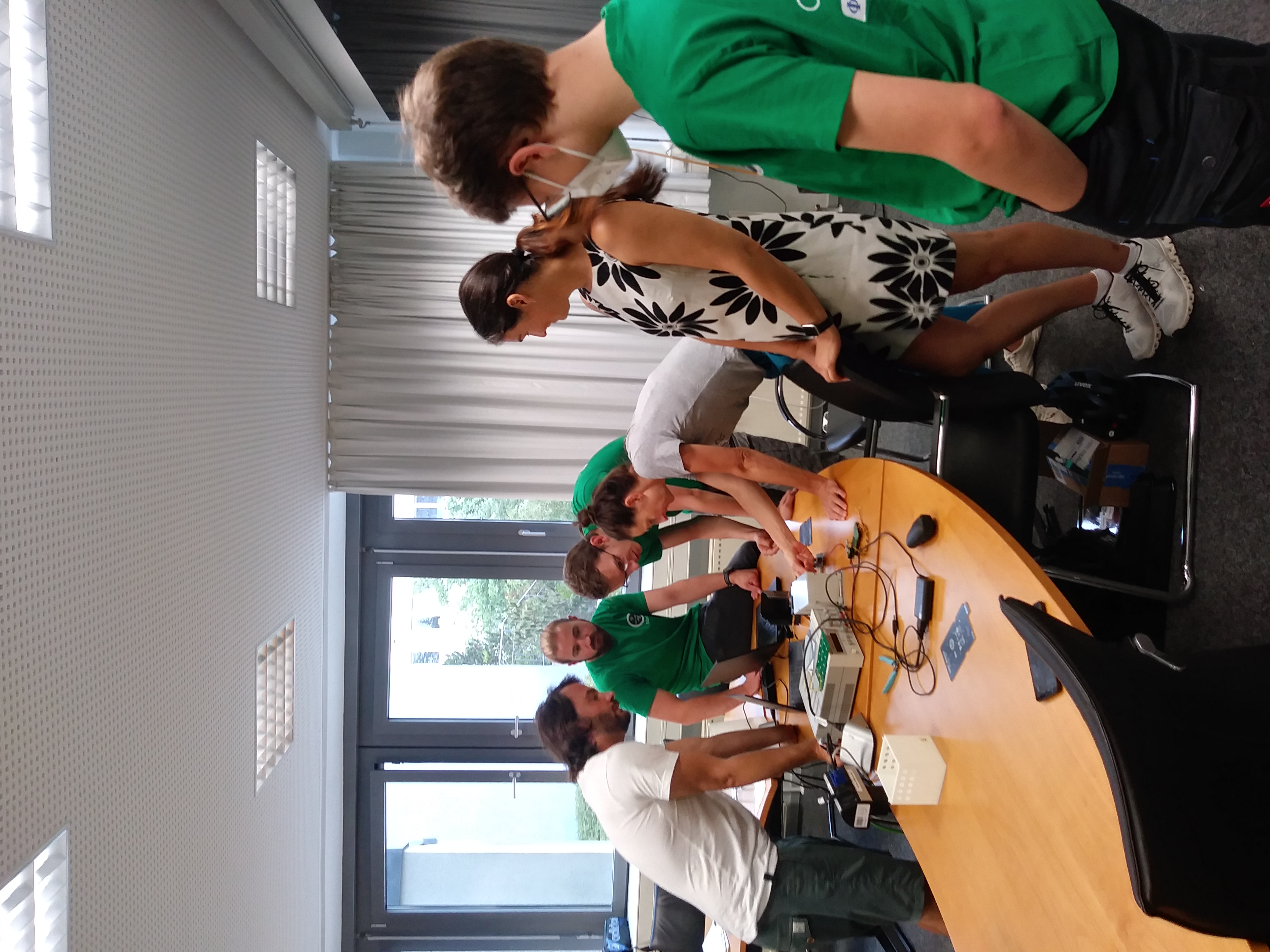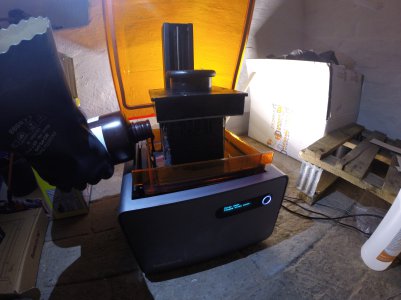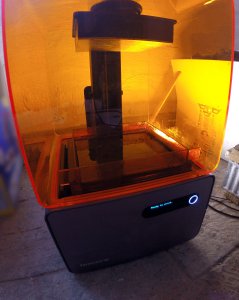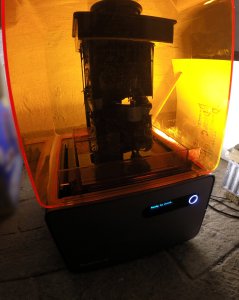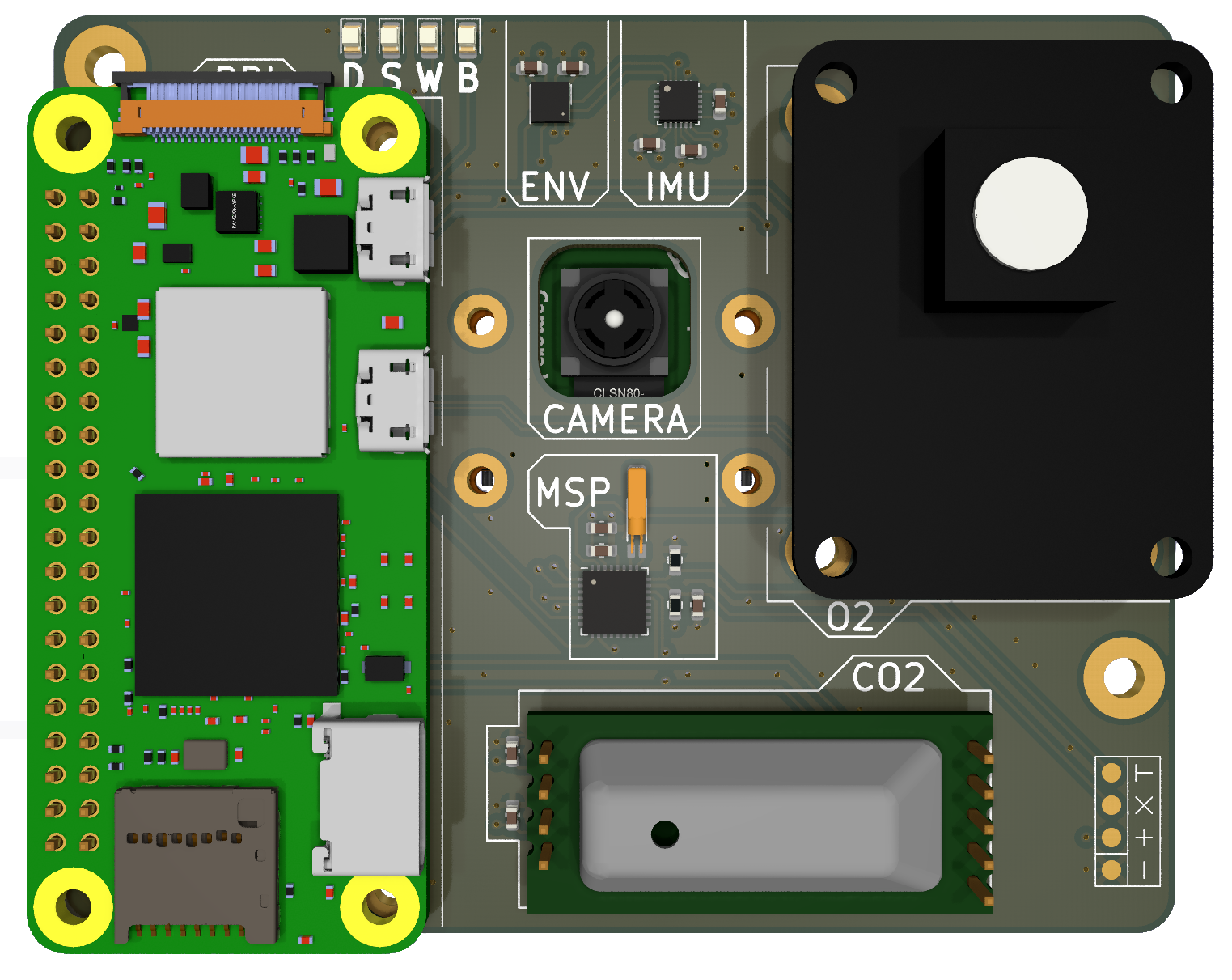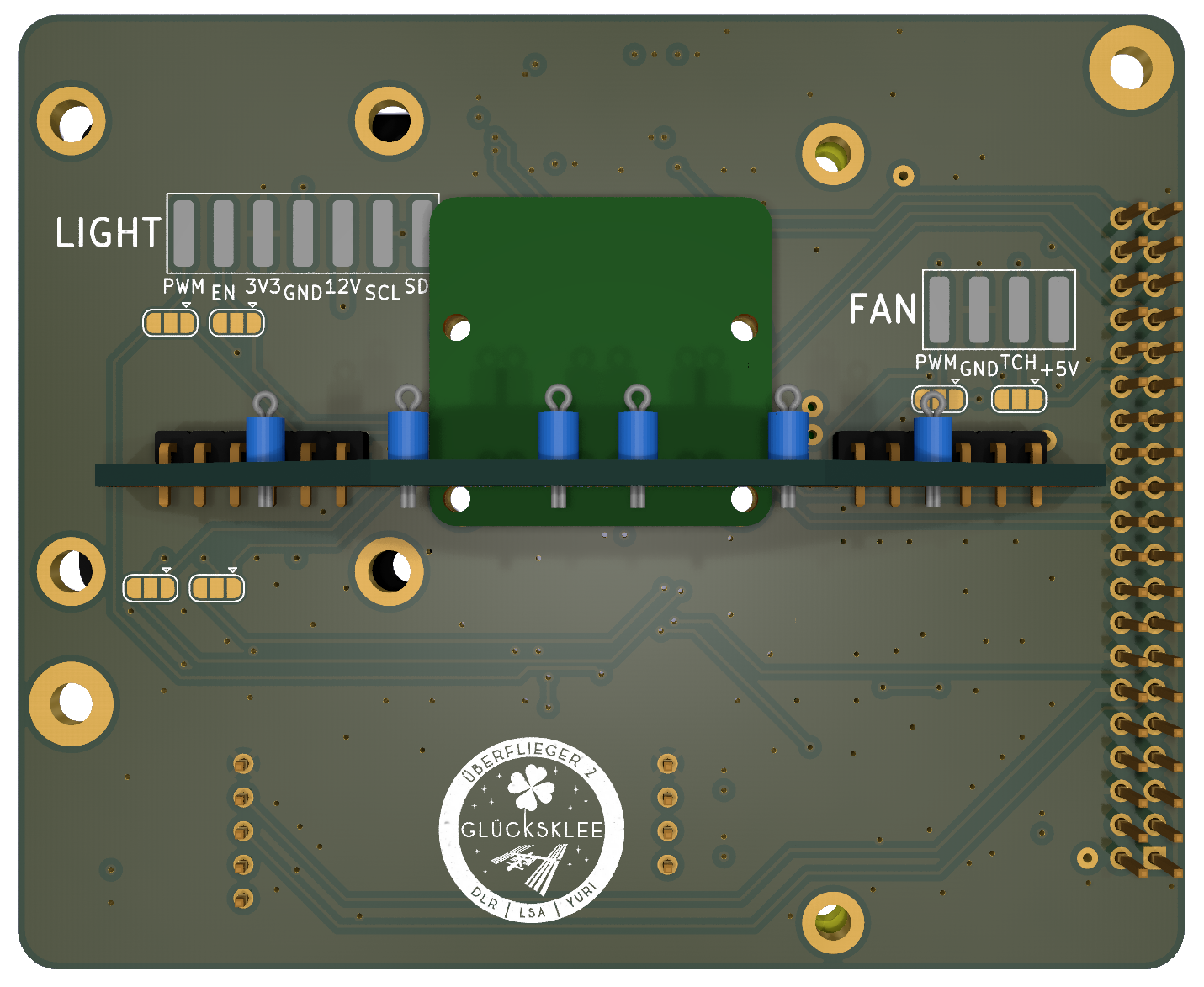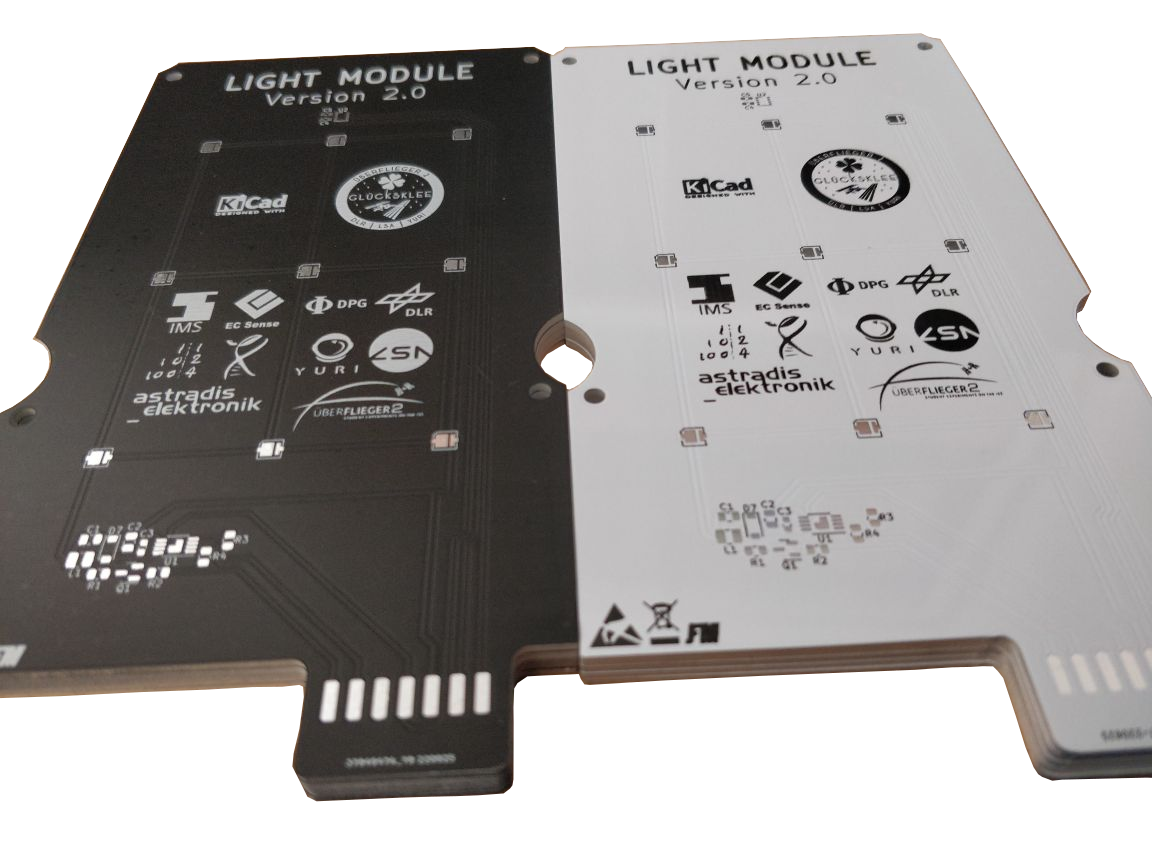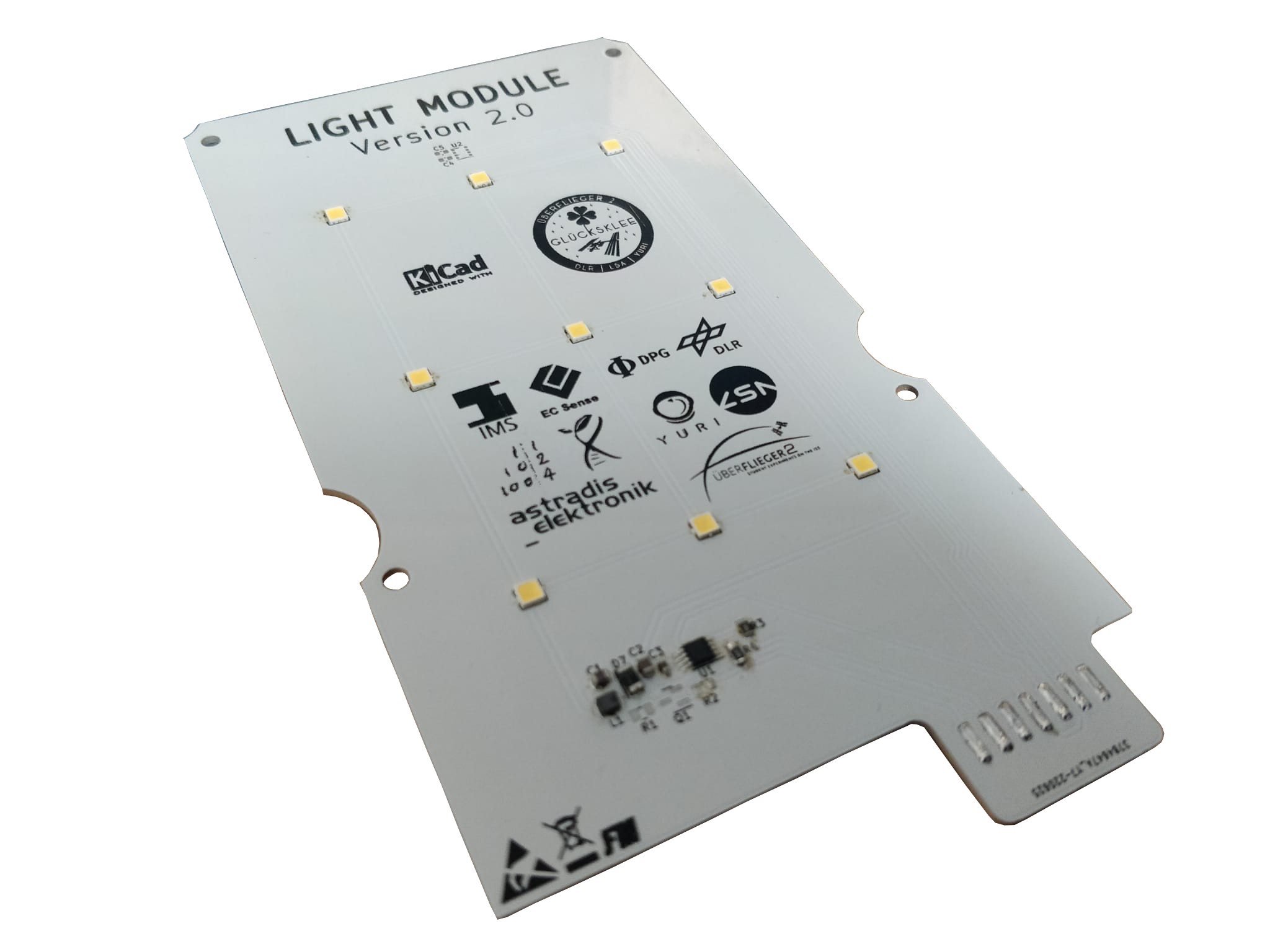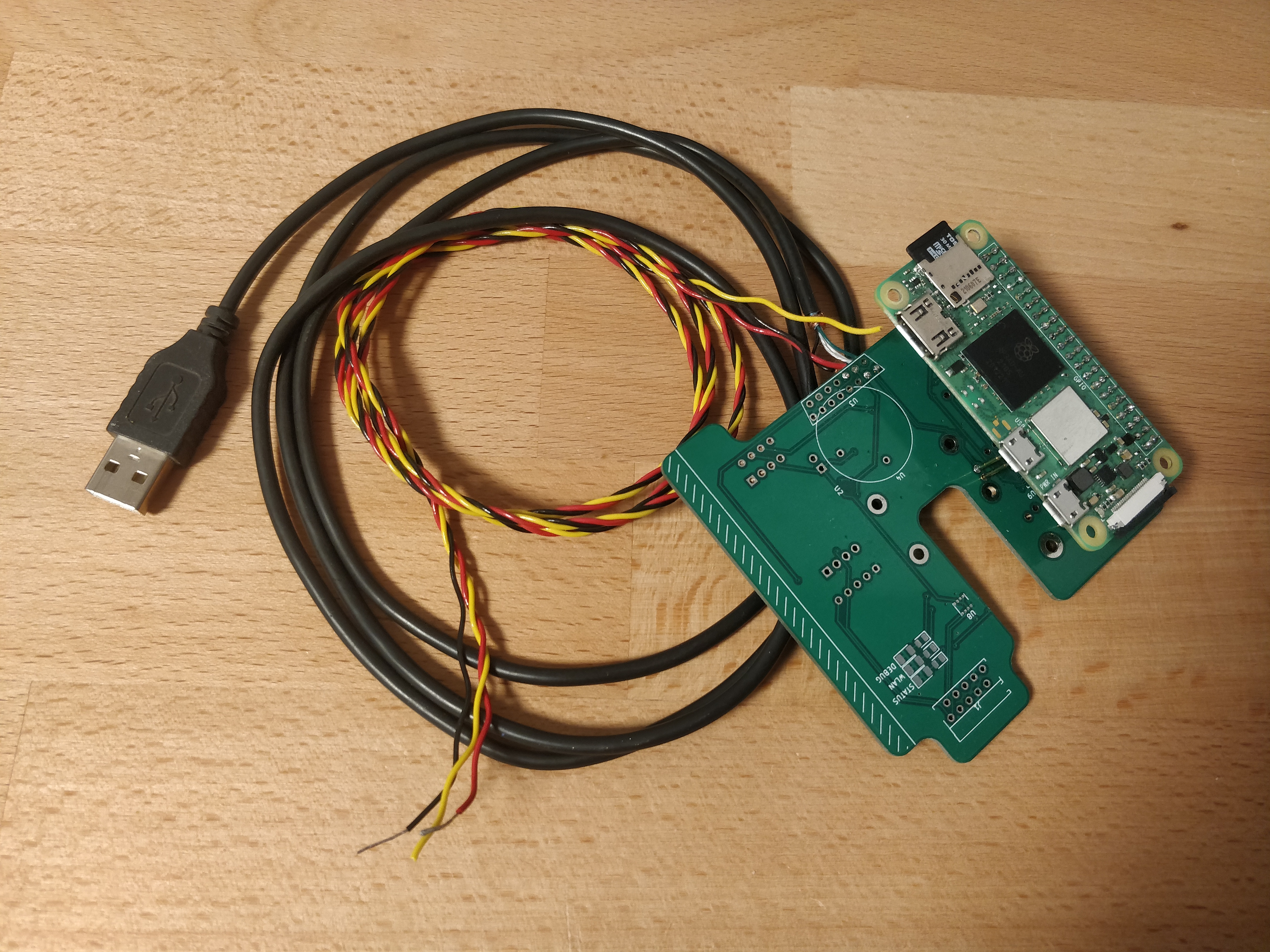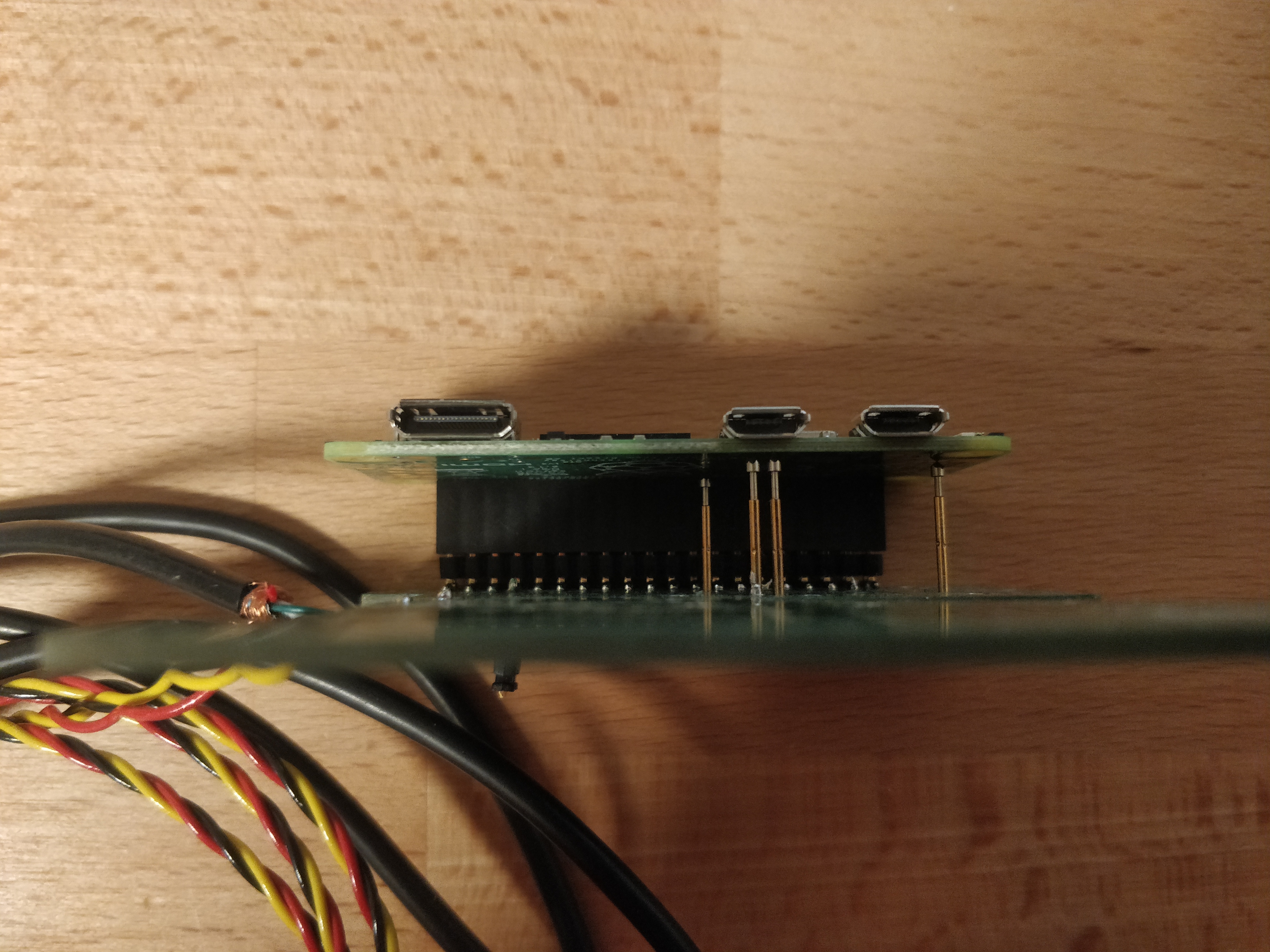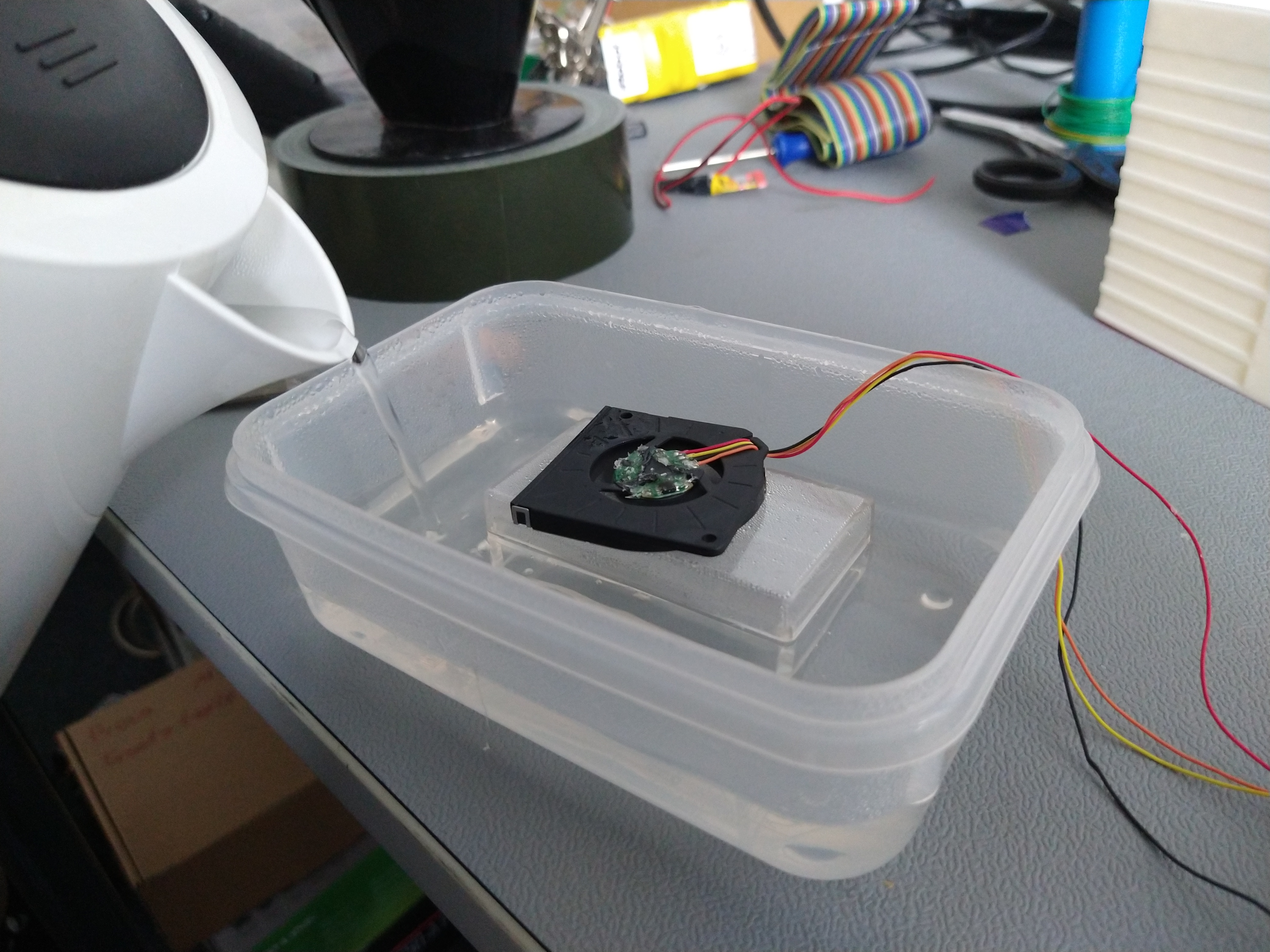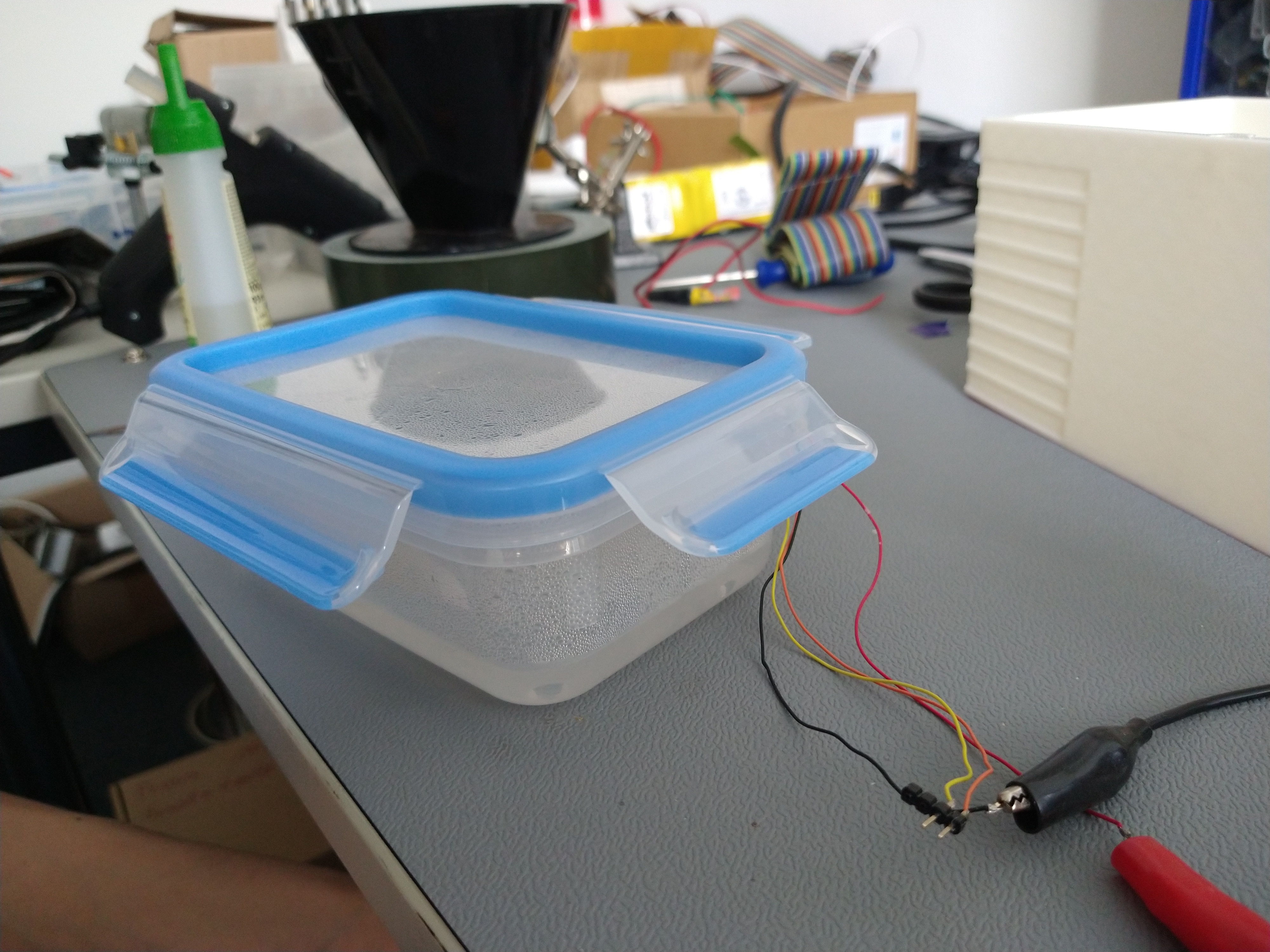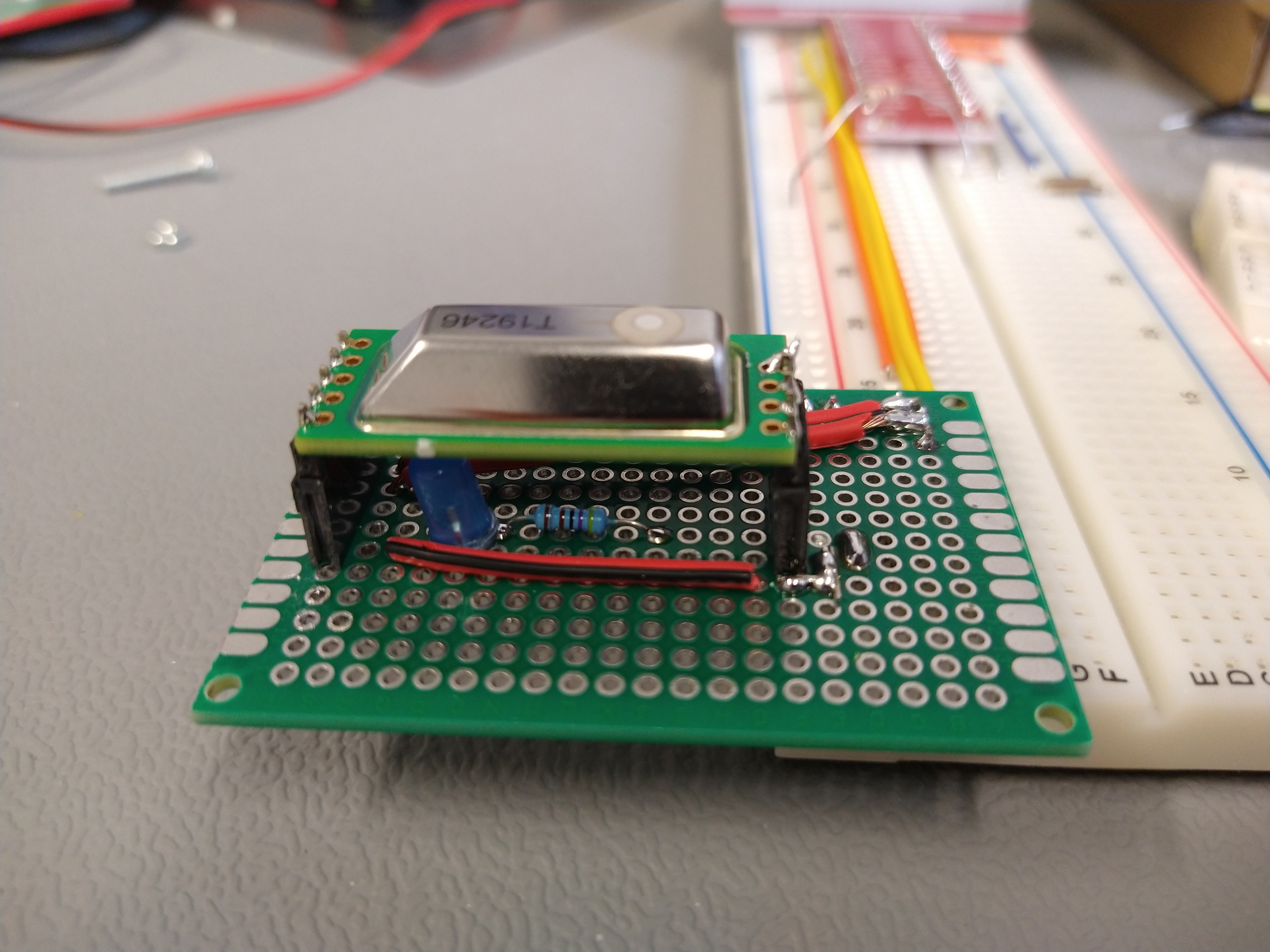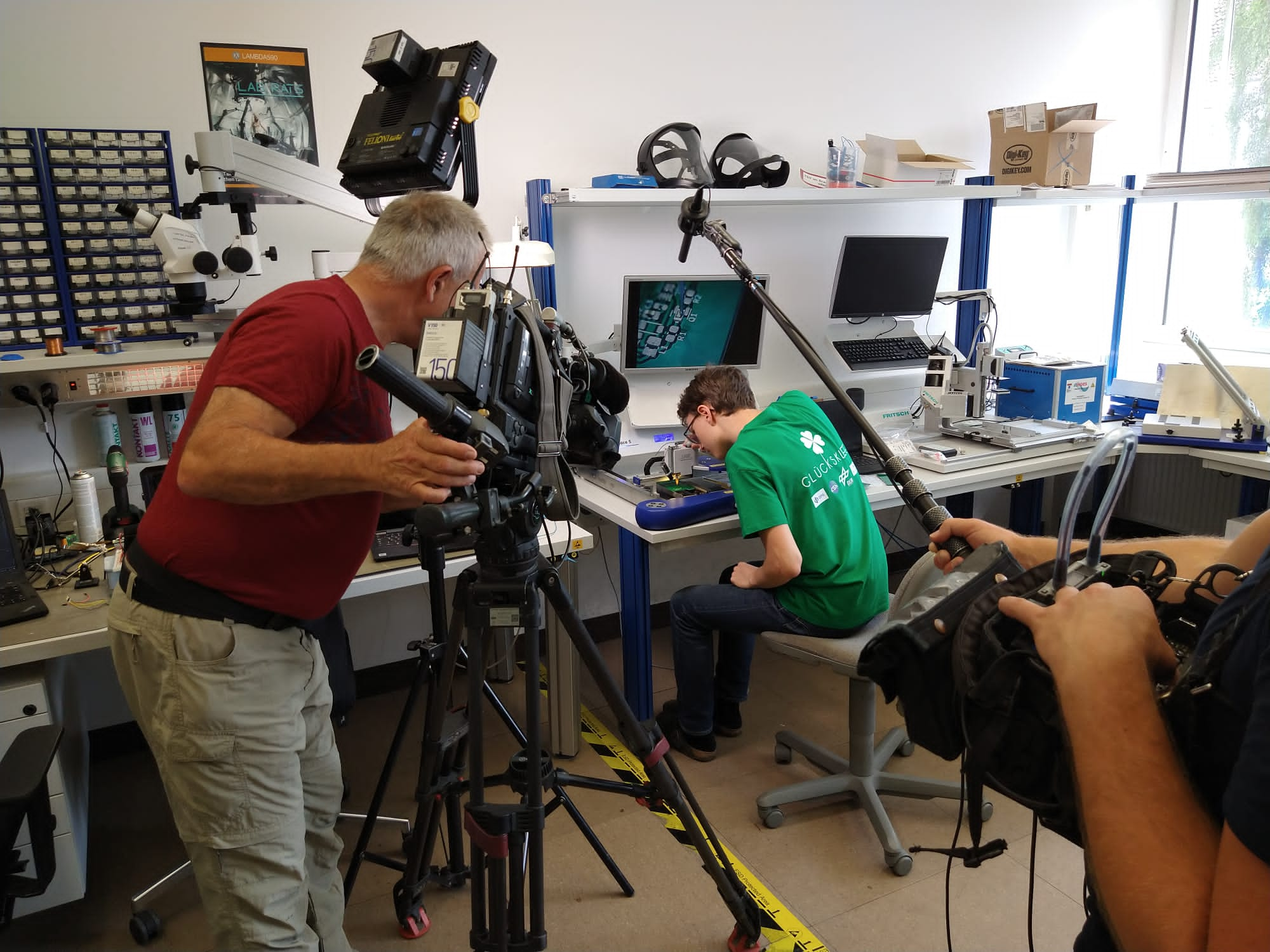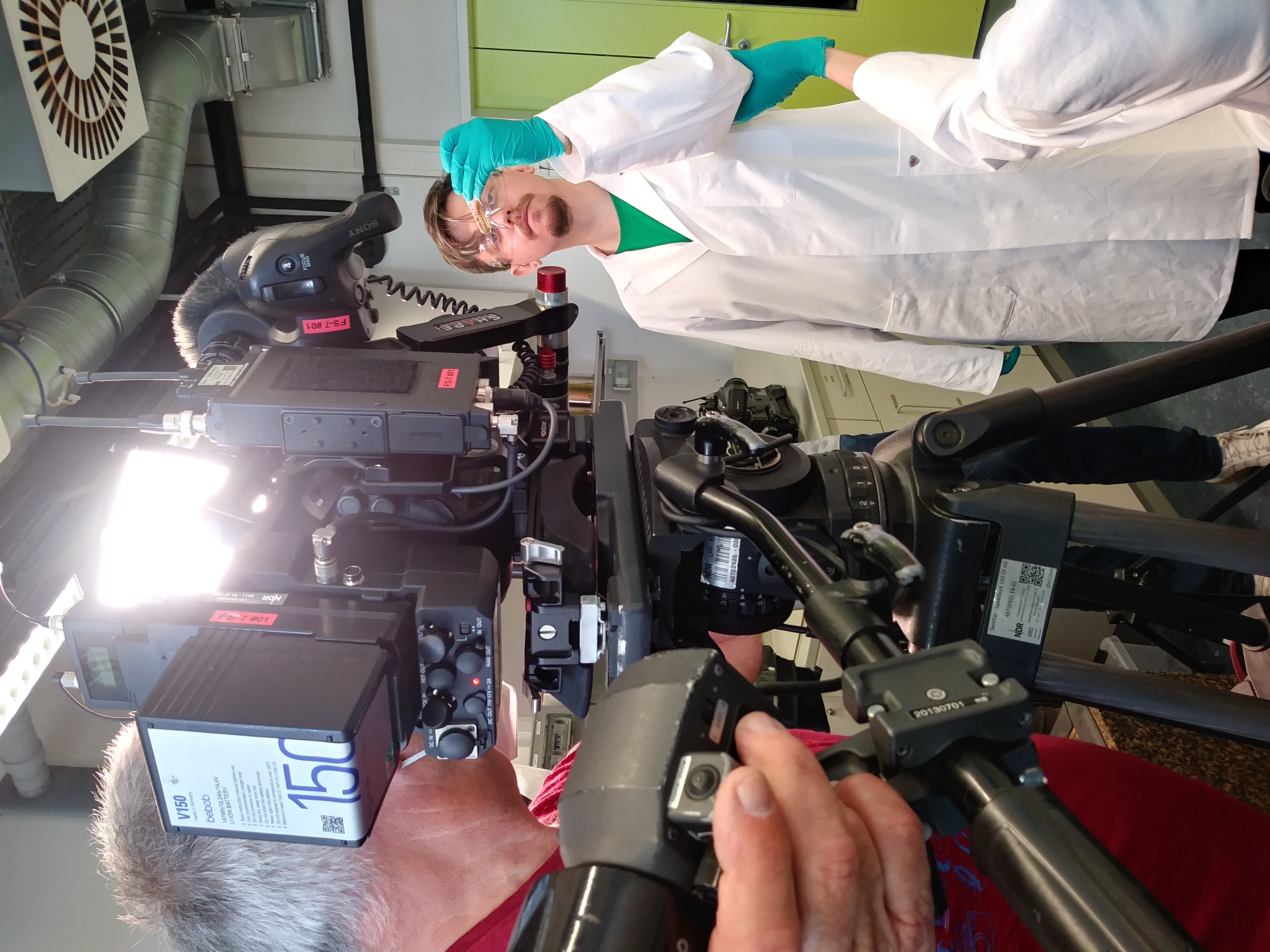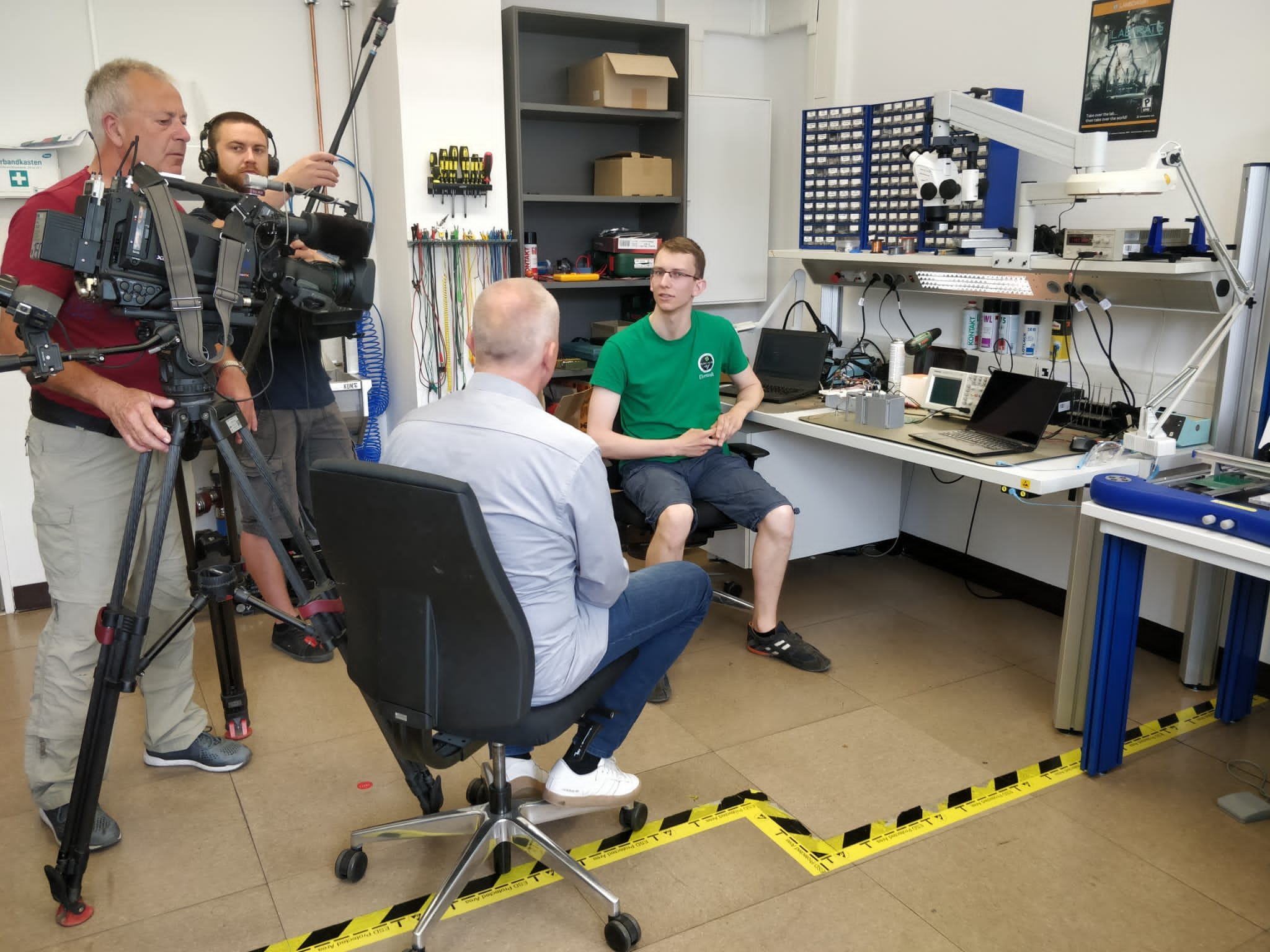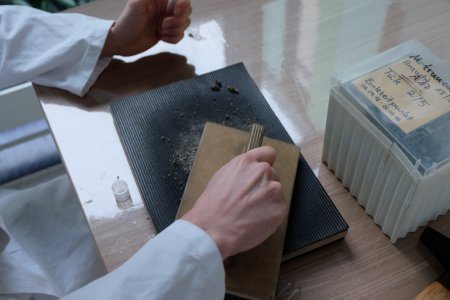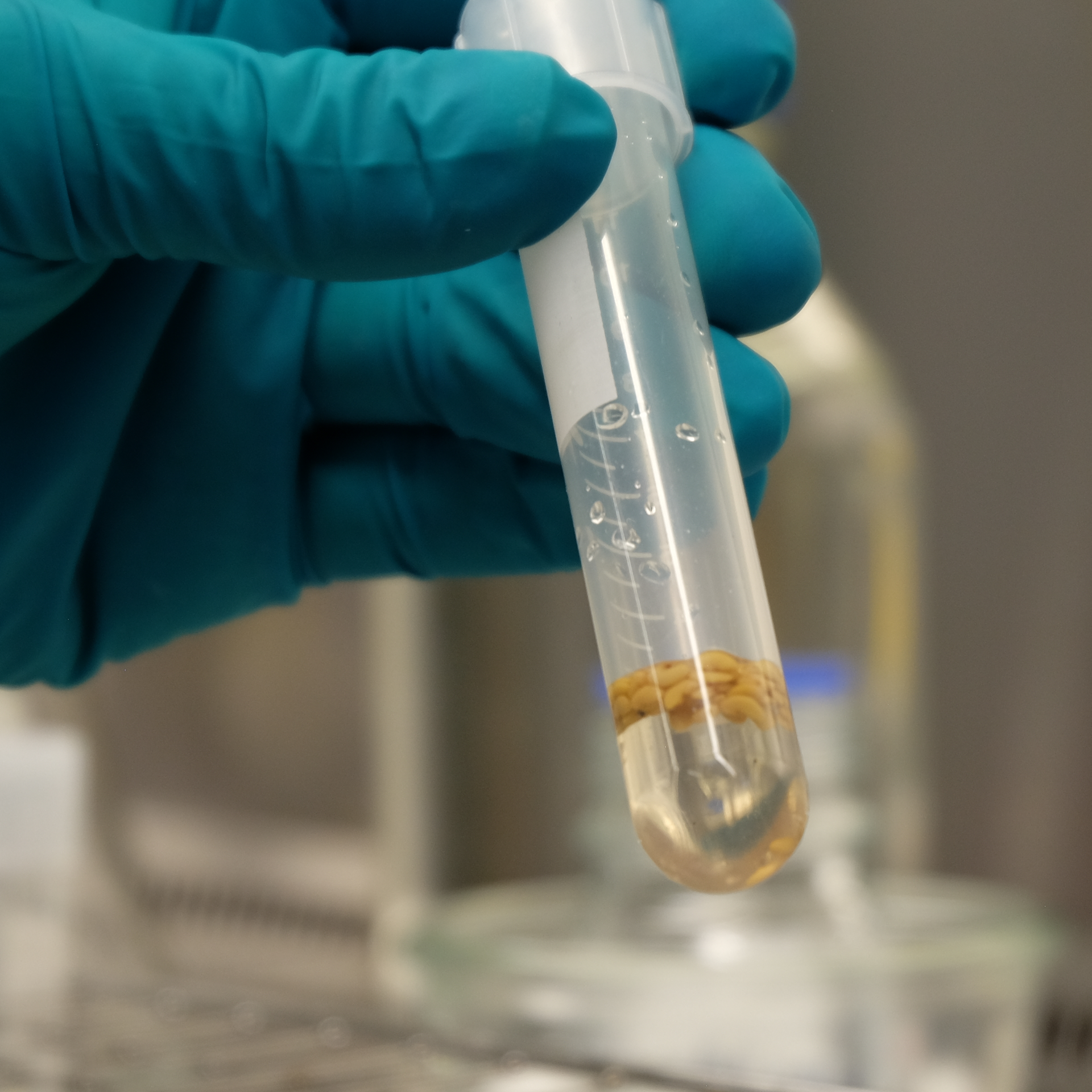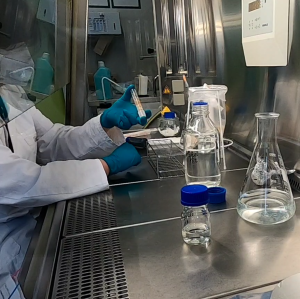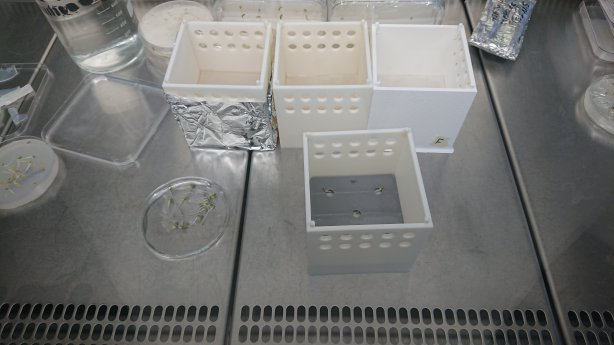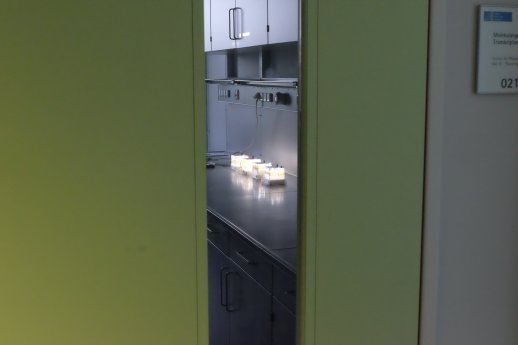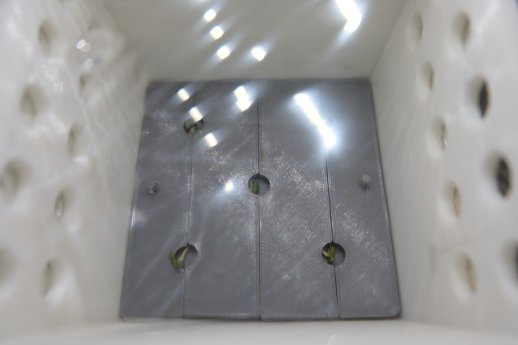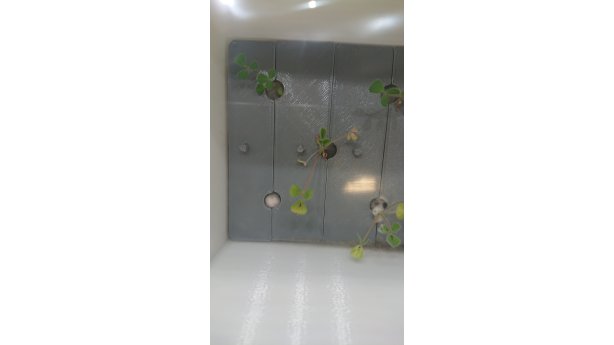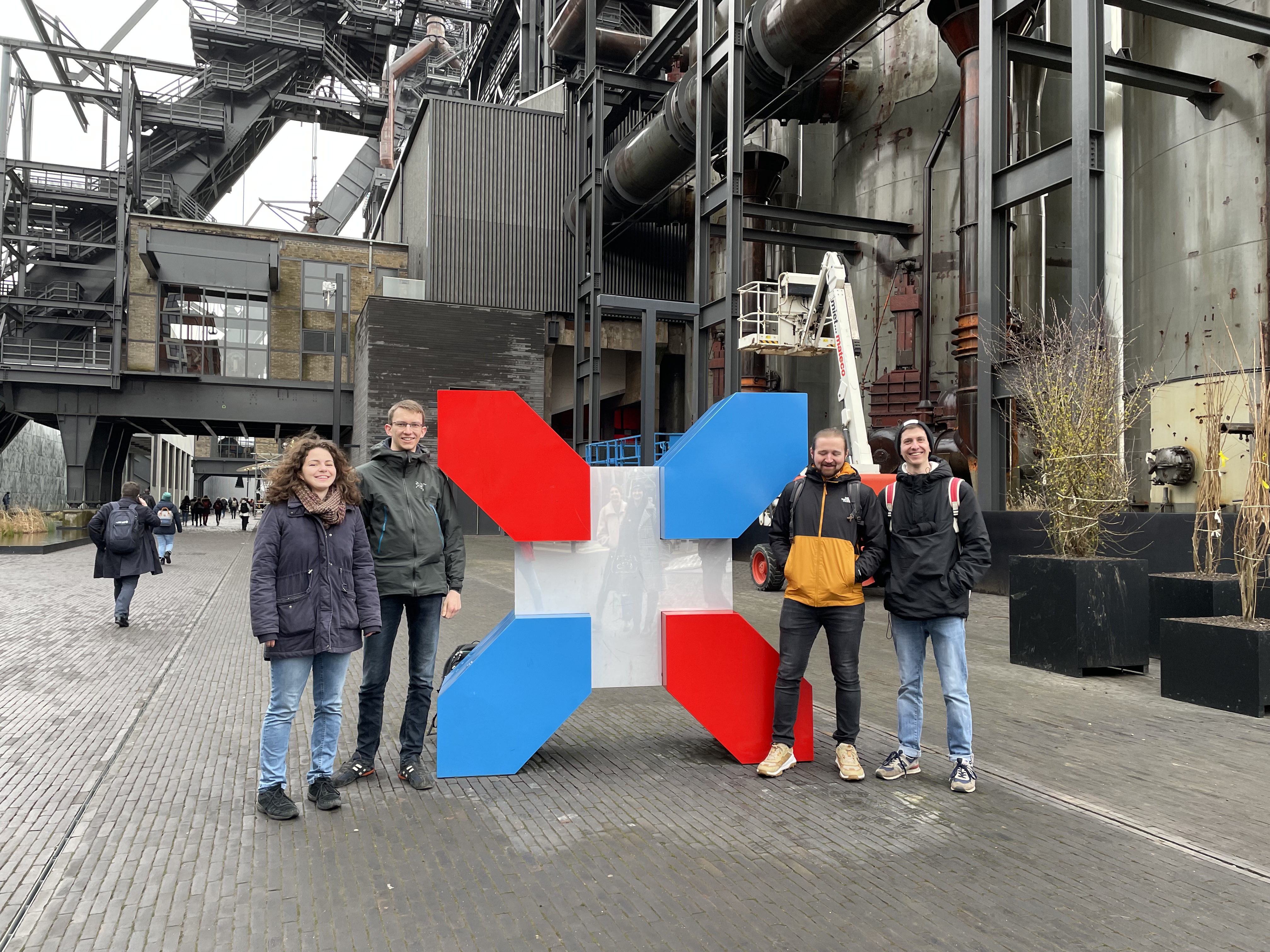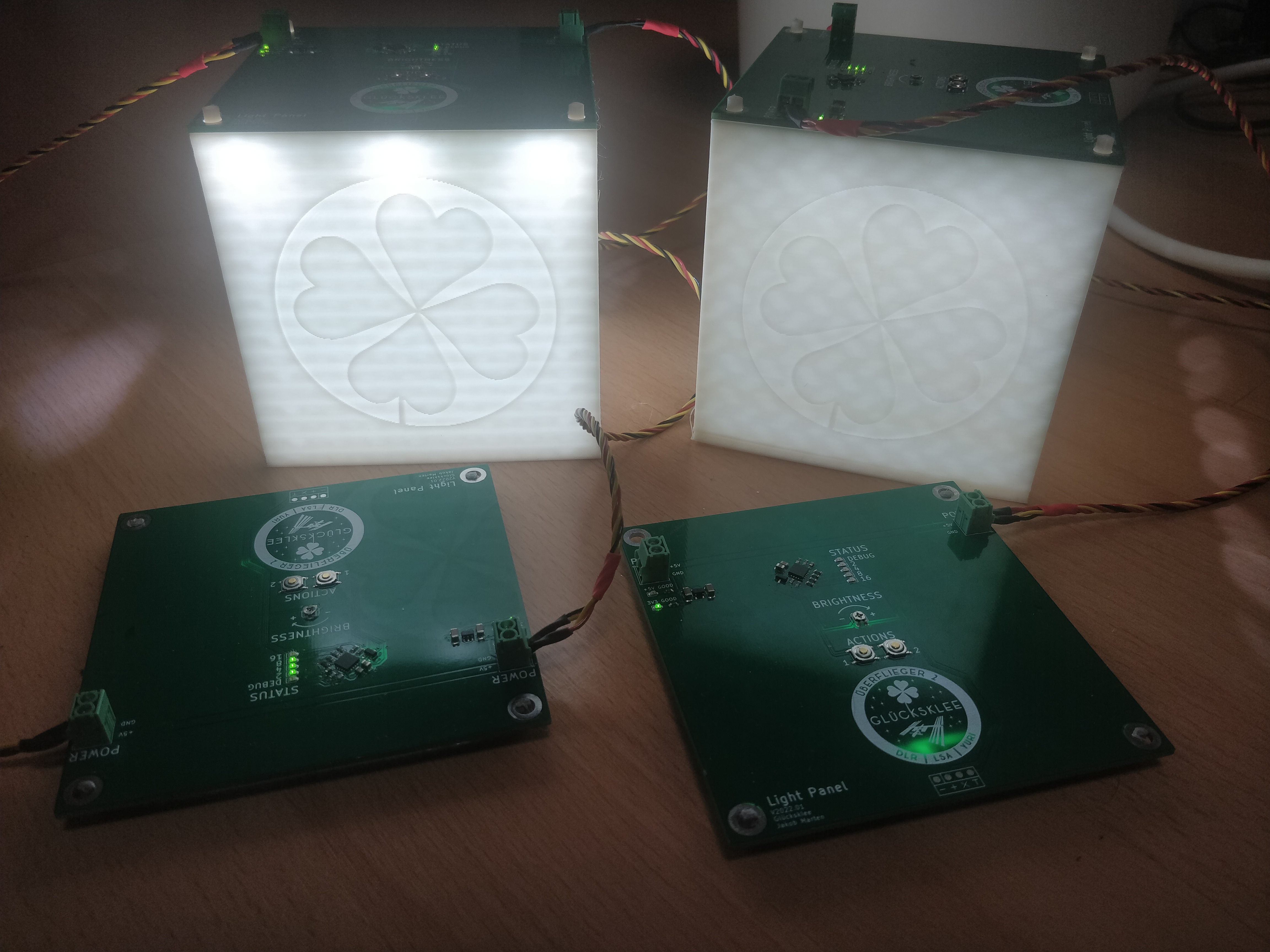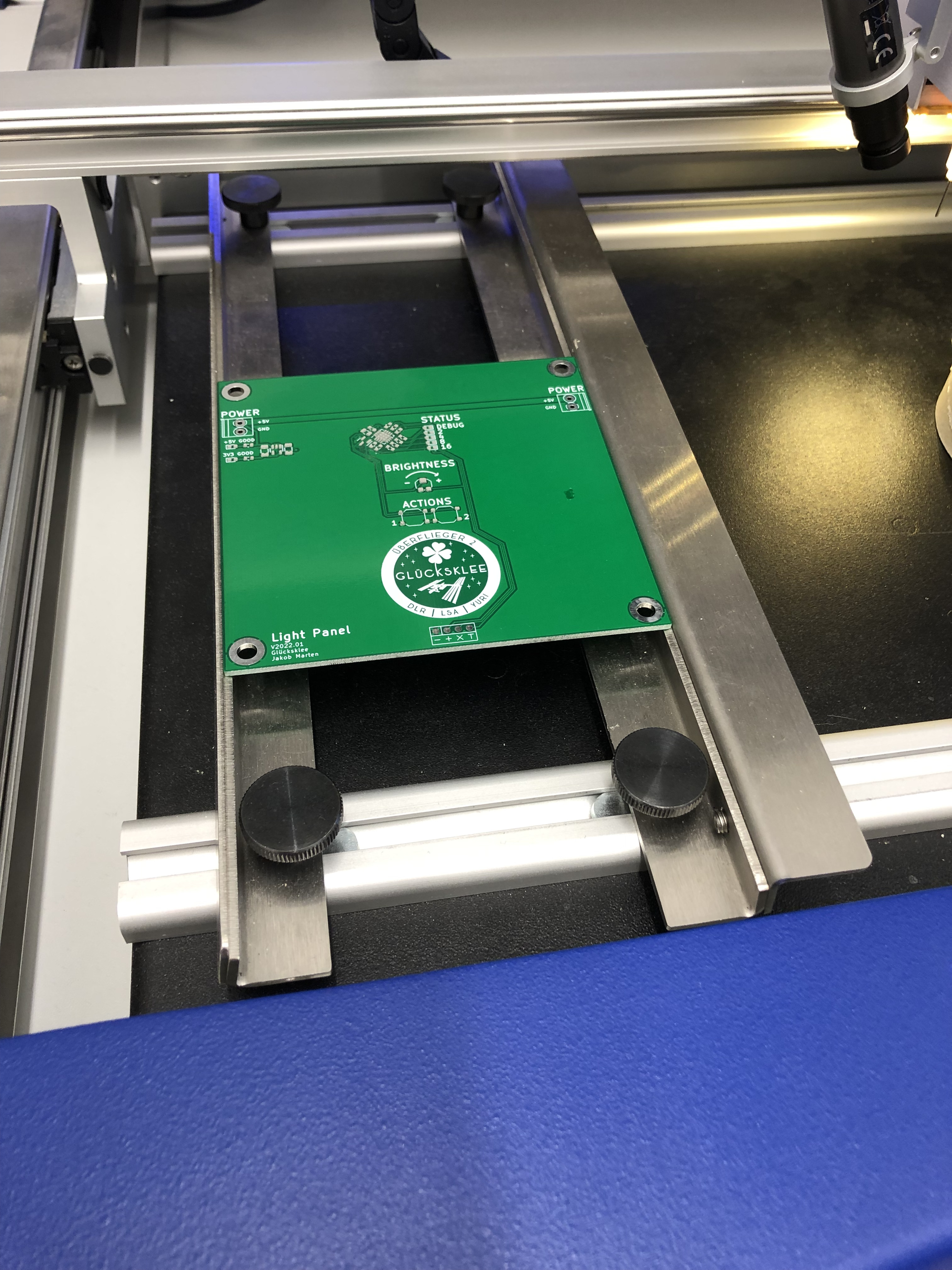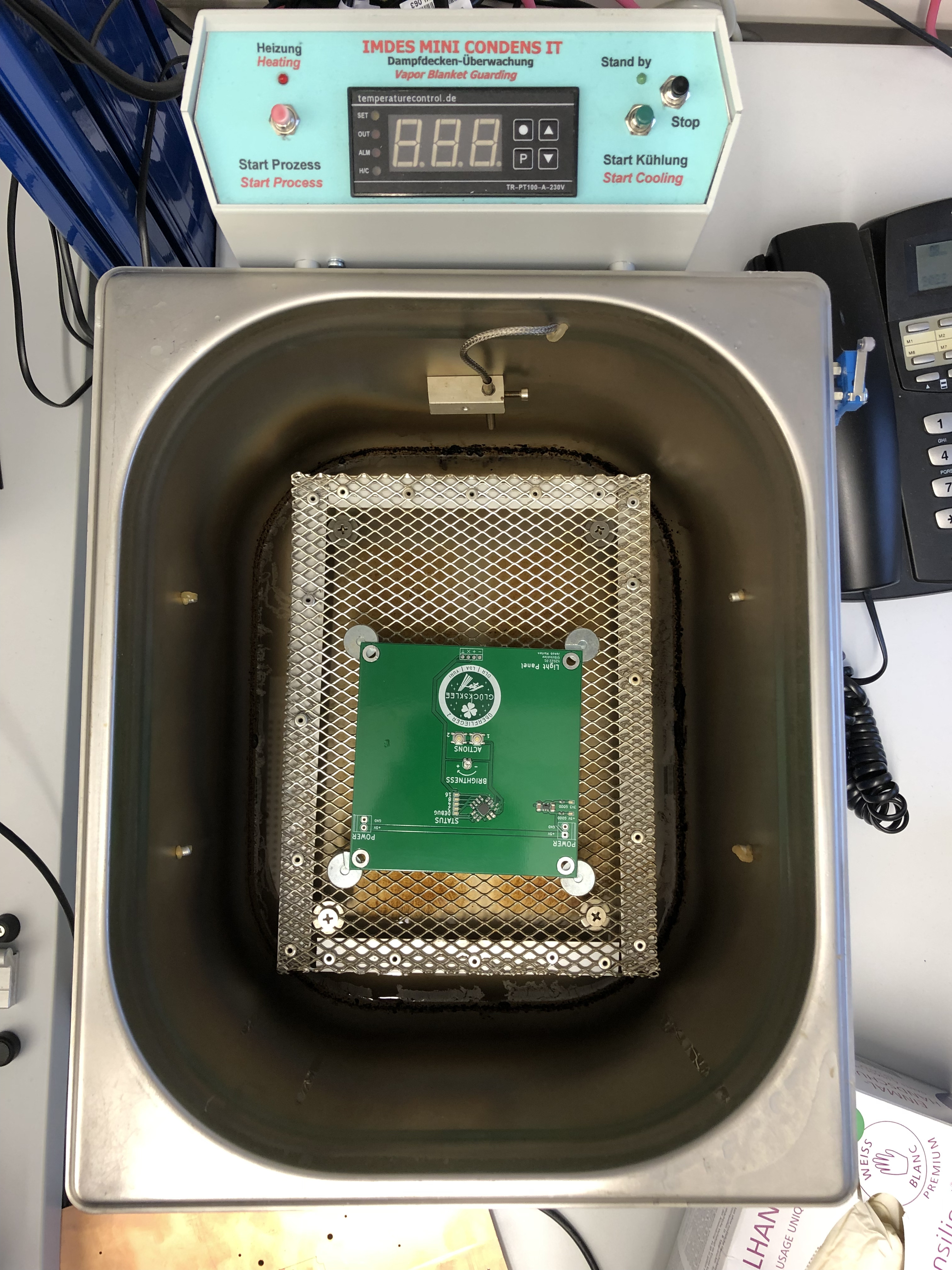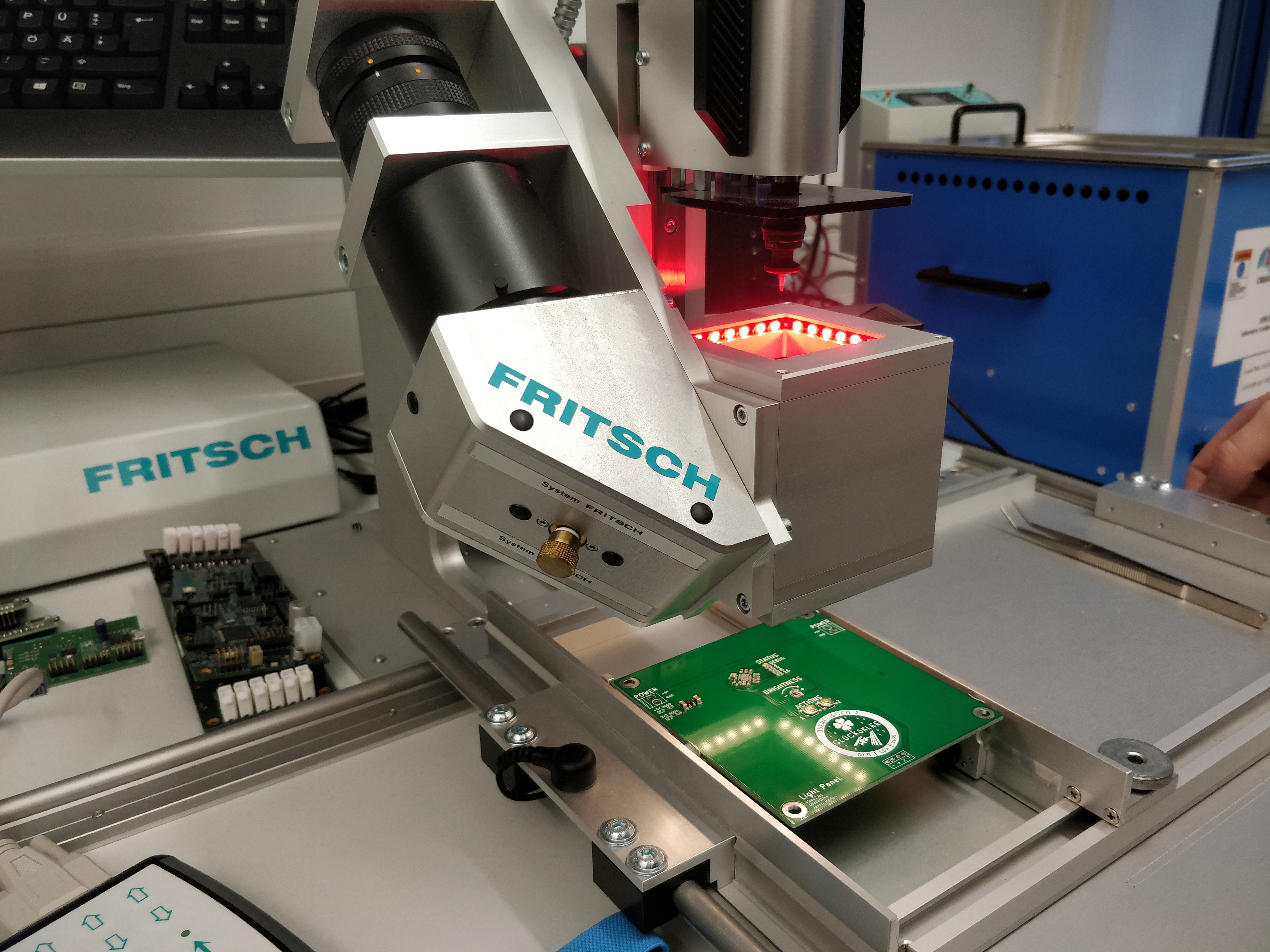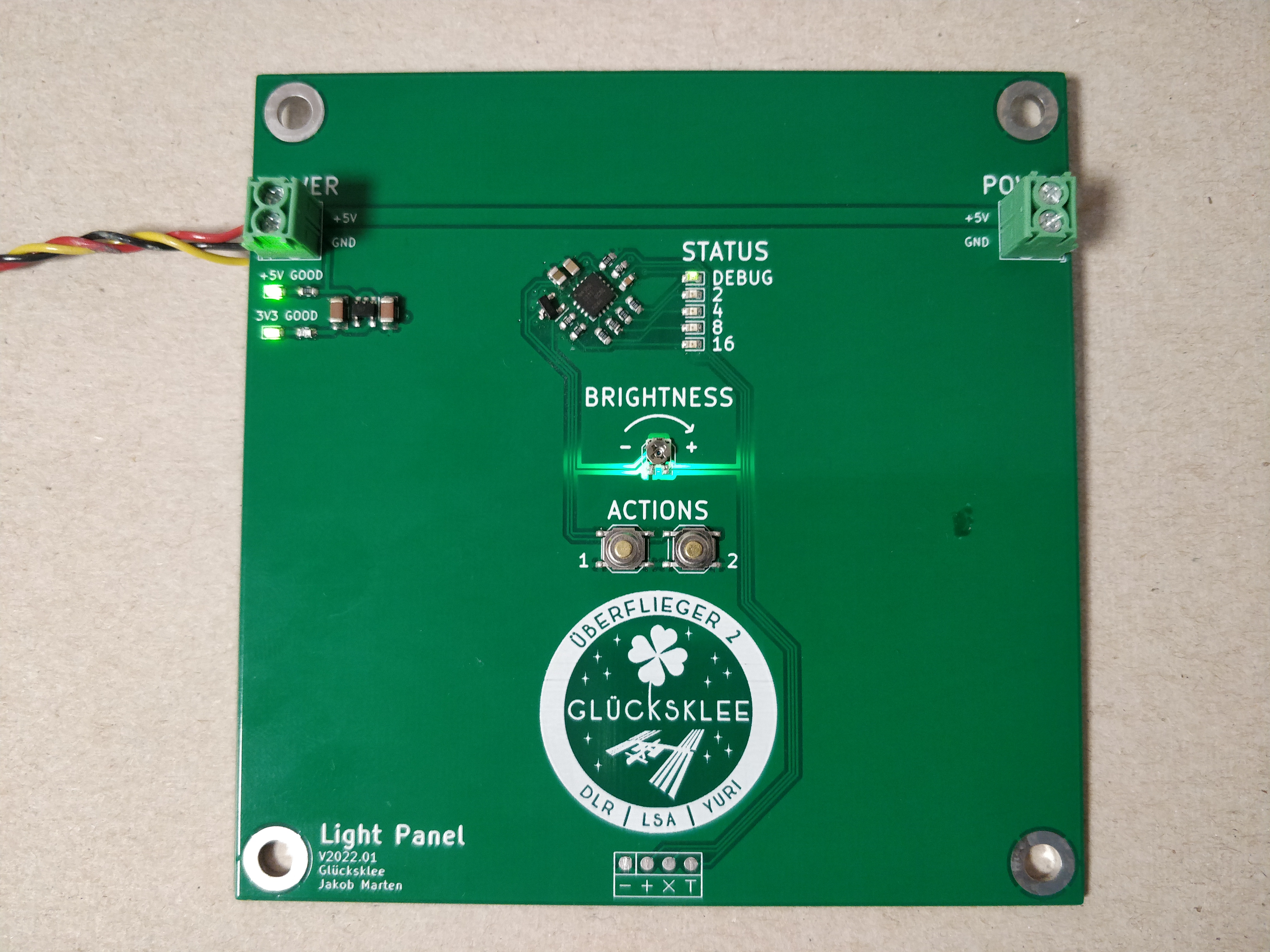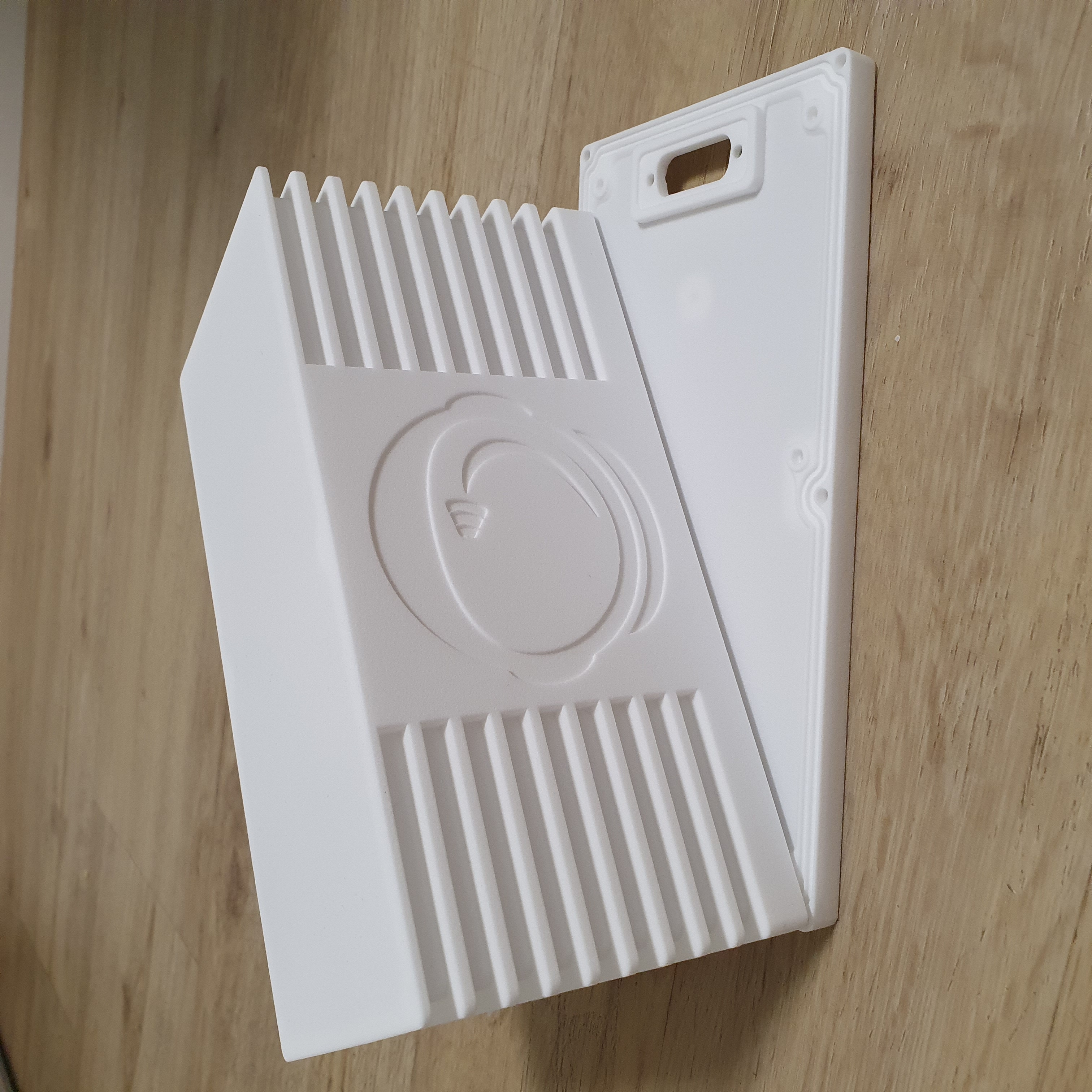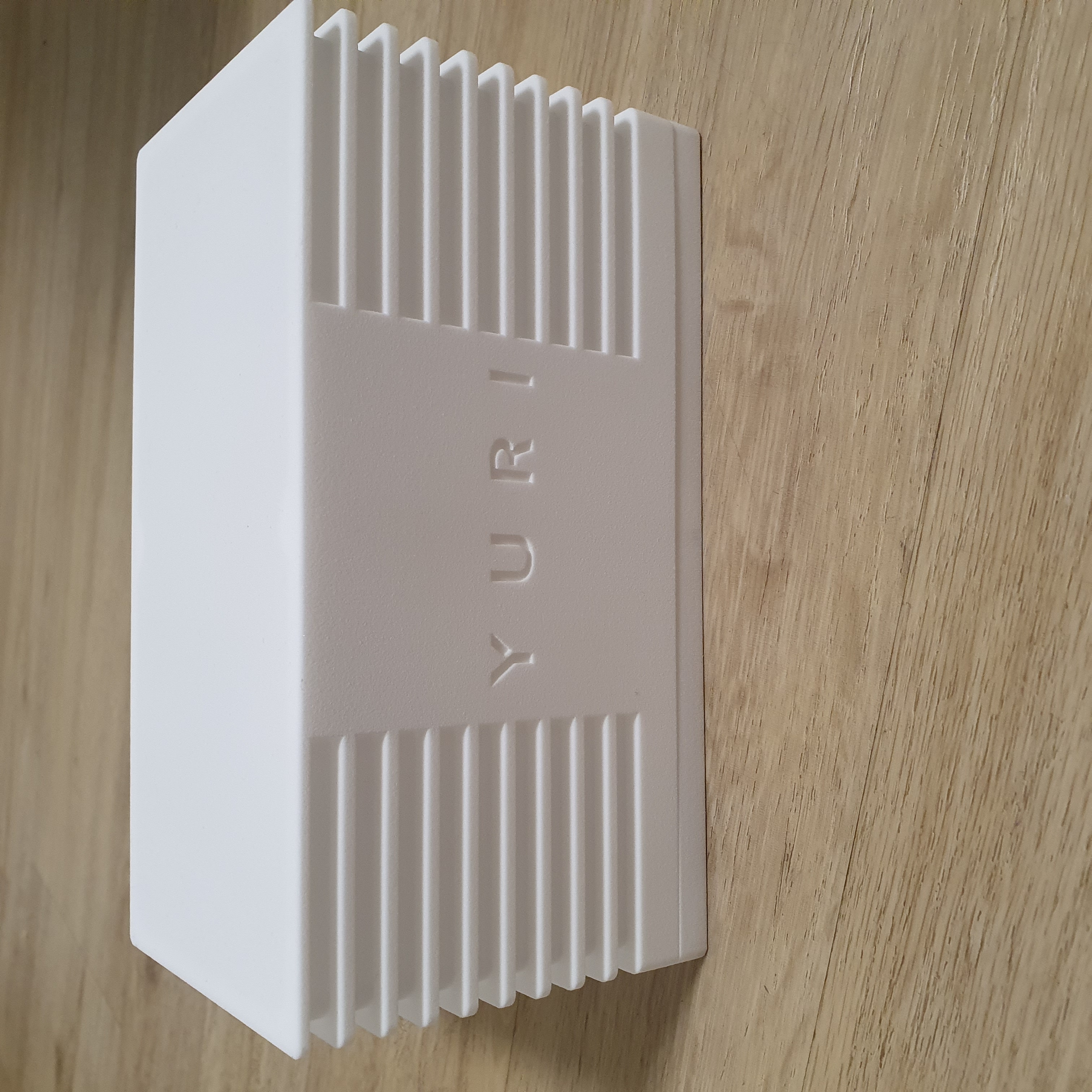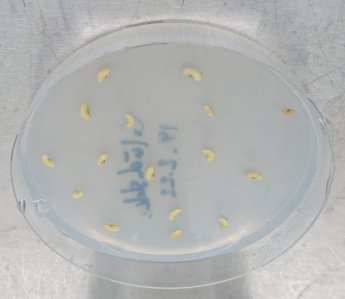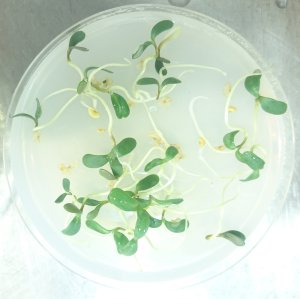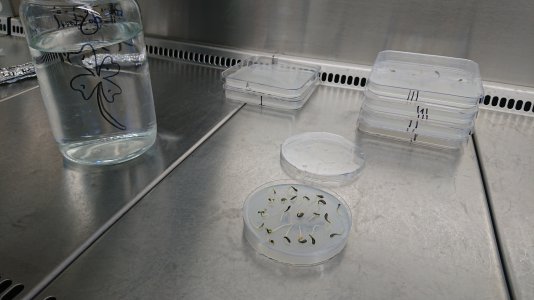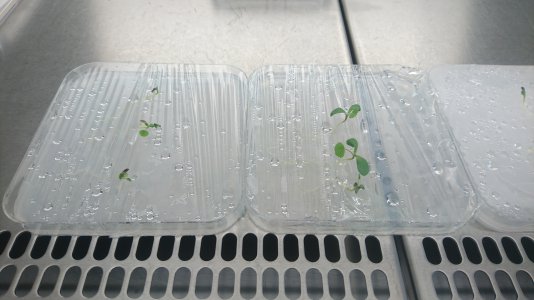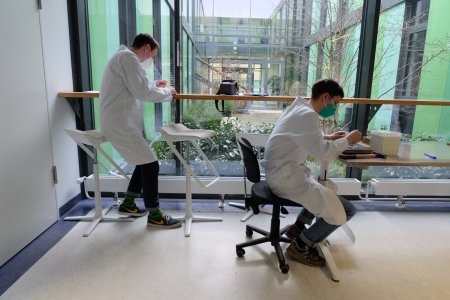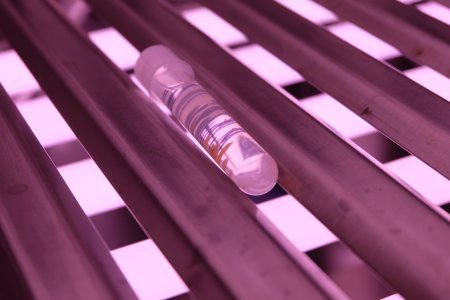News
Things are happening!
-
Launch
11 March 2023The date for the launch is set : 2023/03/11 at 03:02 CET!! Our experiment will be send to the ISS with the SpaceX CRS-27 at Space Kennedy Center in Florida. You can visit the website of the NASA, to get a live transmission from the launch.
Read further... -
February 2023
Final tests
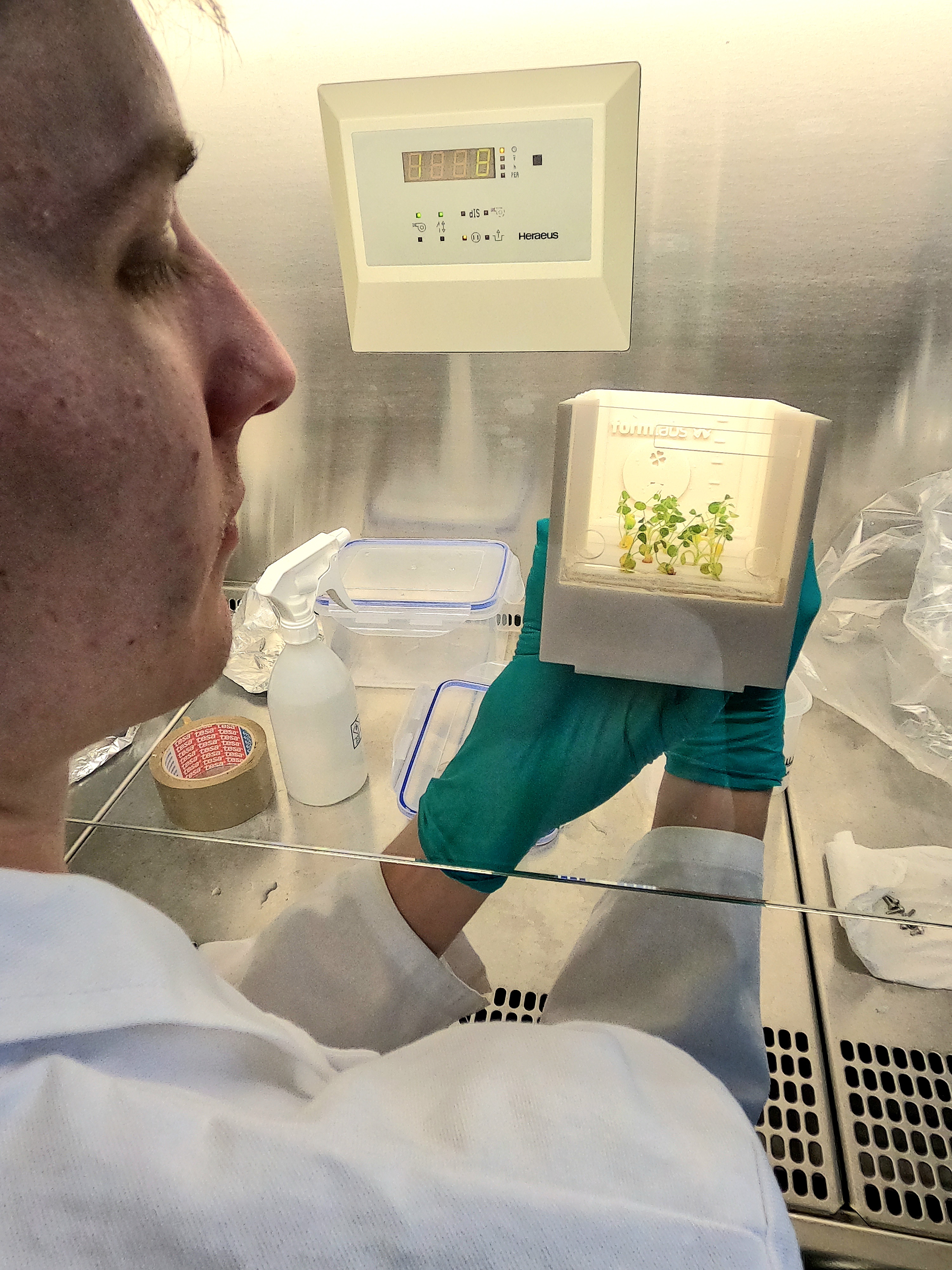
The final test has started. We again test the whole system and the technology, to check of any errors. Additionally, a test for different times of nodulation after germination (14 and 21 days) combined with a darkness simulation test for several days was made. The Medicagos have survived the darness weel. The after 14 days nodulated variants looked much better. So, we will choose this time, to nudulate the plants.
-
FRR
December 2022Flight Readiness Review
To get the prototype ready for the Flight Readiness Review (FRR), we had to put a lot of work into it. We had to fix all the major and minor issues that came up after sending the SED to our contacts yuri and DLR. At the FRR we presented all the corrections and missing data again and see if the prototype is approved for flight.
So, will this pototype fly to the ISS? No. This means we are in the delta FRR.
There are just little technical changes left to develop our prototype cube to a flight ready cube. Finally,
Read further... -
December 2022
Formlabs delivery
We got a delivery from formlabs today. Preparation are running for the next generation of plants in the new bioboxes and merging the electronical part with the biobox. And with all together we are able to run a complete prototype test!
-
September 2022
Maker Faire
The Maker Faire is a place where maker can present their projects and where visitors are able to craft own guided projects. We were able to present our project as exhibitors to a lot of interested people and enjoyed the great amount of other interesting exhibitor projects.
-
August 2022
Validation of the Nodules
After a half year we are getting closer to a successful experimental process. By visualizing the fist satisfactorily grown nodules under the microscope!
The grey pictures were taken under the light microscope while the red ones are made with fluorescent light!
In the next two pictures you can see a nodule with a higher magnification. The red dots on the left side of the nodule are the nitrogen fixing bacteria (Sinorhizobium meliloti).
-
CDR
July 2022Ciritcal Design Review
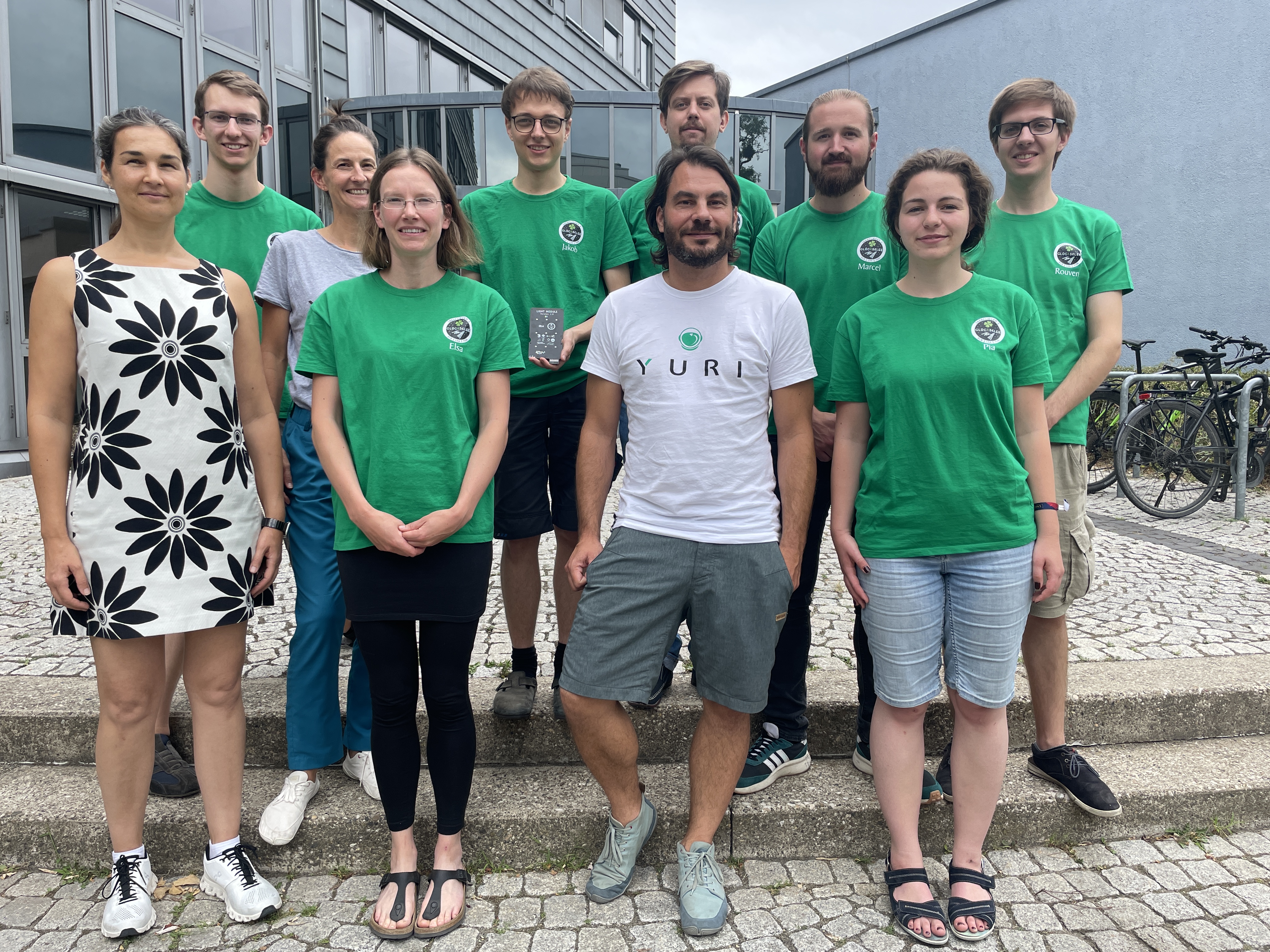
Christian Bruderrek and Maria Birlem from Yuri and Julianna Schmitz from DLR (German Space Agency) visited us in Hannover Appelstraße to asses our SED if it was ready to pass the Critical Design Review (CDR). The SED was successfully presented by Pia, Dominik and Jakob. Today's results of experiment Glücksklee are: The main settings are defined and only a few adaptations have to be done until the Flight Readiness Review (FRR).
So all the work for it was worth it and we will celebrate it this evening!
Read further... -
19 July 2022
First Technical Prototype
We just assebled our first technical prototype and checked whether all electrical components are working.
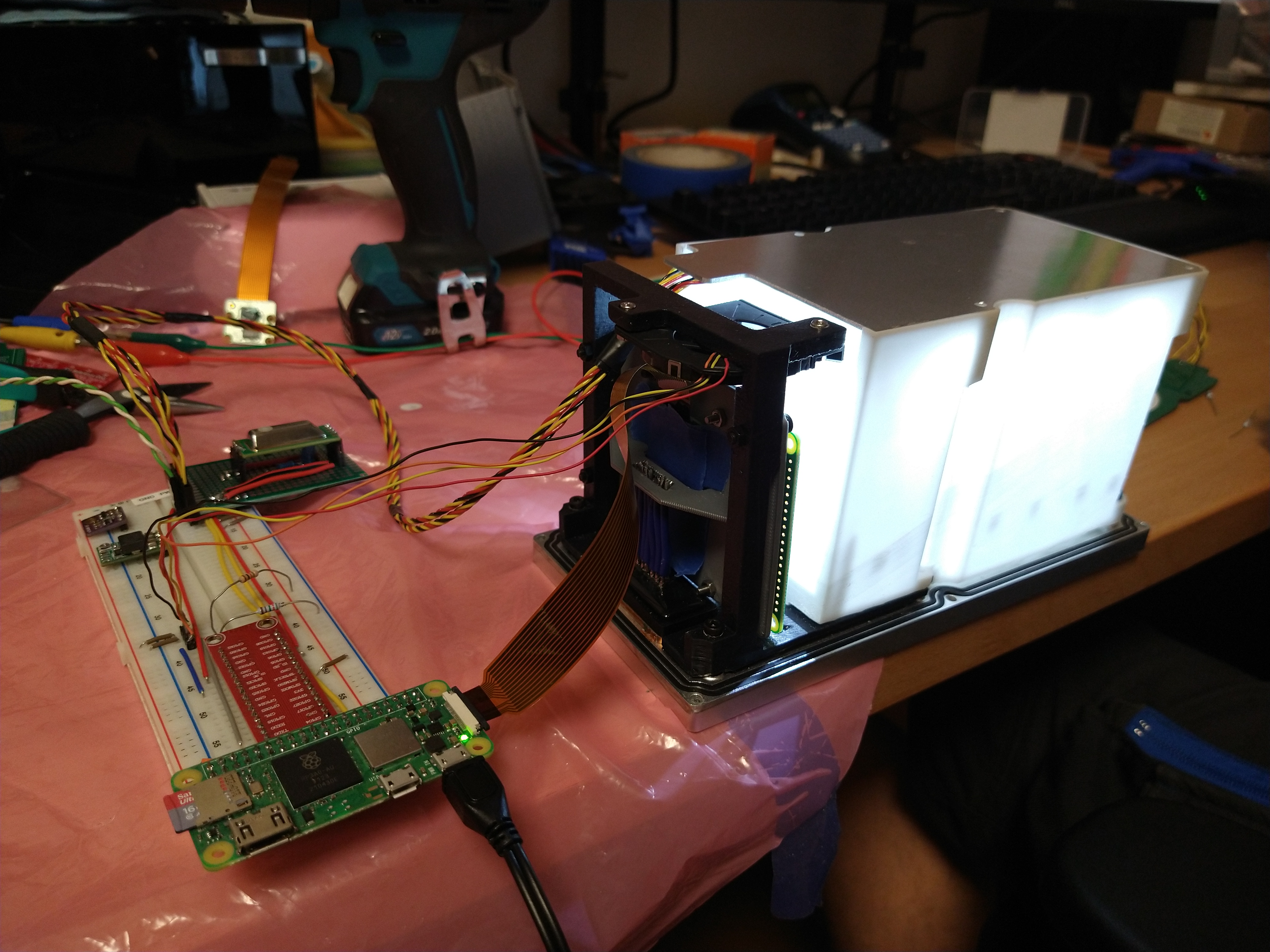
To create a prototype we 3d-printed our components. As this prototype is not designed to hold plants, we used resin which is not autoclavable, but cheaper.
Below there is an animation of the 3D print. Overall this print took 9:45h!
After that we replaced our main-board with a PLA-printed dummy and moved its functionality to a breadboard. We found some minor changes that have to be adjusted in the CAD (e.g. more margins/tolerances, etc.) but overall this
Read further... -
07 July 2022
Finalizing the electrical design
After testing the different sensors, the Raspberry Pi connection via USB, the Light Module and more we are finishing the electrical design... Atleast for now ;)
The first Mainboard prototype has shown, that even with few components the routing of the wires can be pretty annoying. Thats why we switch to a four-layer PCB design. The front contains most of the components: The Raspberry Pi Zweo 2W, a CO2 and a O2 sensor, a environmental sensor that can measure humidity, pressure and temperature and an additional mixed-signal processor (MSP), a MSP430 from Texas Instruments. The camera is placed behind the
Read further... -
04 July 2022
Second light prototype
After the first light prototype was partially working as intended (we just forgot to connect the light driver to power) the second version was delivered this week.
In contrast to the prior version the pcb is now a true one-layer PCB with an aluminium core. This should simplify the transport of additional heat to the CubeLabs hull.
We also changed the count of LEDs. As our tests have shown 9 LEDs should be sufficient.
-
15 June 2022
Mainboard Testing
Besides the light the Mainboard is another central component of our experiment. It contains the used Raspberry Pi Zero 2W and hosts most of our sensors. Another purpose is the connection of the CubeLab electrical interface with our components.
To be able to download images during the experiment is running, a USB connection to the SpaceTange SpaceLab will be established. Therefore the USB signals need to be routed through the CubeLab Interface over the Mainboard to the Raspberry Pi. Latter normally interfaces outher electronic parts over a 40 pin header row. In this case the USB connection needs to be
Read further... -
May 2022
Broadcast NDR
The shortfilm about 'Glücksklee' will be broadcasted at 7:30 p.m. on NDR Niedersachsen and on 9:45 p.m. on NDR Info. If you are interested in watching it, just click the following link (it is in german language): NDR Niedersachsen
-
21 May 2022
Humidity tests for electronics
Humidity tests with fan
Today we tested whether the fan can sustain a high humidity in our experiment. Due to the agar and the plants the relative humidity inside our experiment can exceed 100% so that condensing water occurs. This can be bad for electronical components in general so we have to find a solution for this problem!
For this test, we first sealed the fan with a hot glue gun. Then we poured some hot water inside a box and placed our fan in it on a small platform. The fan was running at full power! We closed the
Read further... -
19 May 2022
Visit of the NDR
On 19th May this year the NDR came to our labs to film our work!
We showed our work with the technical side of the experimental chamber and the biological work in the S1 laboratory. It was a great experience with incredible 5 hours of filming, showing and talking.
-
12 April 2022
2 Preliminary plant experiments
Rootcutting
In the past experiments we had some nodules but not enough to do serious experiments on them. To identify if we can get more nodules by cutting away the tip of the roots at different stages, we sat up another preliminary experiment.
The experimental design shows the different treatments. Uncut plants and plates are used as a control, to see if there is a difference and where the difference comes from.
Then we had to prepare the seeds and the agar again.
This time i shooted a picture of the autoclav, too. It is used to desinfect all the
Read further... -
10 April 2022
Resin test print
We received our first batch of prototypes printed with a 3D resin printer. They will be tested to ensure that the chamber survives the autoclave process needed to sterilize all components which have direct contact with the plants or the agar. This is necessary to prevent any form of mold and fungi.
-
02 April 2022
First light prototype
There will be light
Today the first batch of prototype pcb for the light module arrived. They are designed to only need one side to allow additional heat removal on the backside. As the components already arrived last week we where able to assemble our first light module.
In contrast to out plant box prototype pcb we increased the number of LEDs to 15 to allow a more even light distribution. To drive the LEDs to methods are implemented:
- On the one hand the current running through the LEDs is achieved by a simple series resistance. To control the brightness an additonal N-MOSFET is
-
22 March 2022
Preliminary design finished
It took time but finally we have our preliminary CAT design. The structural component consists of one large piece that can be separated into a bio chamber and a electrical section. At the top a light module will be placed, on the back a mainboard that contains the Raspberry PI Zero 2W, a Raspberry PI Camera and additional sensors to analyze the environmental conditions.
-
27 February 2022
Plant boxes in action
Our plant boxes have been in use for a while and show first results: First of all they look pretty cool in the dark.
But we also learned that the correct choice of material and manufacturing process is important. The simple FDM printed boxes using PLA as material are not tight enough. Also sterilization cloud not be performed as it would have been necessary: In the end mold started to grow and we had to dispose the containers. The problem is, that those simple boxes cannot withstand the hot autoclavation process and had to be sterilized using alcohol wet-wipes. The
Read further... -
PDR
22 February 2022Preliminary Design Review
Our company partner YURI invited the "Überflieger 2" participants to their headquarters in Luxembourg at the Technoport start-up incubator, where four representatives of every "Überflieger 2" team were called upon to deliver progress updates on their experiment and to receive tipps and feed back for the next major development stage until the CDR (Critical Design Review) in June.
The representatives from our team were team leader Pia, as well as Dominik and Marcel from the TechTeam and Nils from the BioTeam. We arrived monday night the 21st and were excited to finally meet the representatives from all the other teams
Read further... -
07 February 2022
Alternative plant box
As our purchased prototype plant boxes did not hold the process of pouring the agar we needed to find an alternative. Luckly multiple members of our team are equipped with 3D printers. So we printed our own!
Another benefit: We could integrate our logo into the design.
-
03 February 2022
Meeting with Christian Bruderrek
Today we had an in-person meeting with our point of contact - Christian Bruderrek from Yuri. We had time to work on our SED (Student Experiment Document) the whole day.
-
27 January 2022
Electronics for plant box prototype
To test the illumination used in our experiment a prototype for the Light Module electronics was designed. Today we completed this chapter by placing the required components including 4 to 9 LEDs on the printed circuit board.
The electronics enable the adjustment of brightness and a simulate 16 / 8 hour day-night cycle.
-
26 January 2022
CubeLab Mockup
A mockup of the CubeLab container that will contain our experimental setup. It is 10 cm deep and height and has a width of 20 cm. Banana for scale :P
-
24 January 2022
1 Preliminary plant experiments
Finding methods
The preliminary experiments are used for practicing the handling and finding the best methods for growing the plants in the boxes.
First the seeds have to germinate on special agar plates:
If the germination is successful, the seedlings are plated on plates for further growing. There we tested if we can grow the plants on wet filter paper (layed on the agar), to simplify the handling with the nodules later.
Next to the experiments with the plates, the first boxes were plantet, too. Unfortunately it wasn't able to clean the cover plate (covers the plant roots, to protect
Read further... -
January 2022
Introduction bioteam
The introduction of the Bioteam into the secrets of growing Medicago truncatula took place in the Institute of Plant Genetics.
Dr. Natalija Hohnjec, the laboratory head of Section IV Plant Genomics, was the person who introduced the Bioteam.
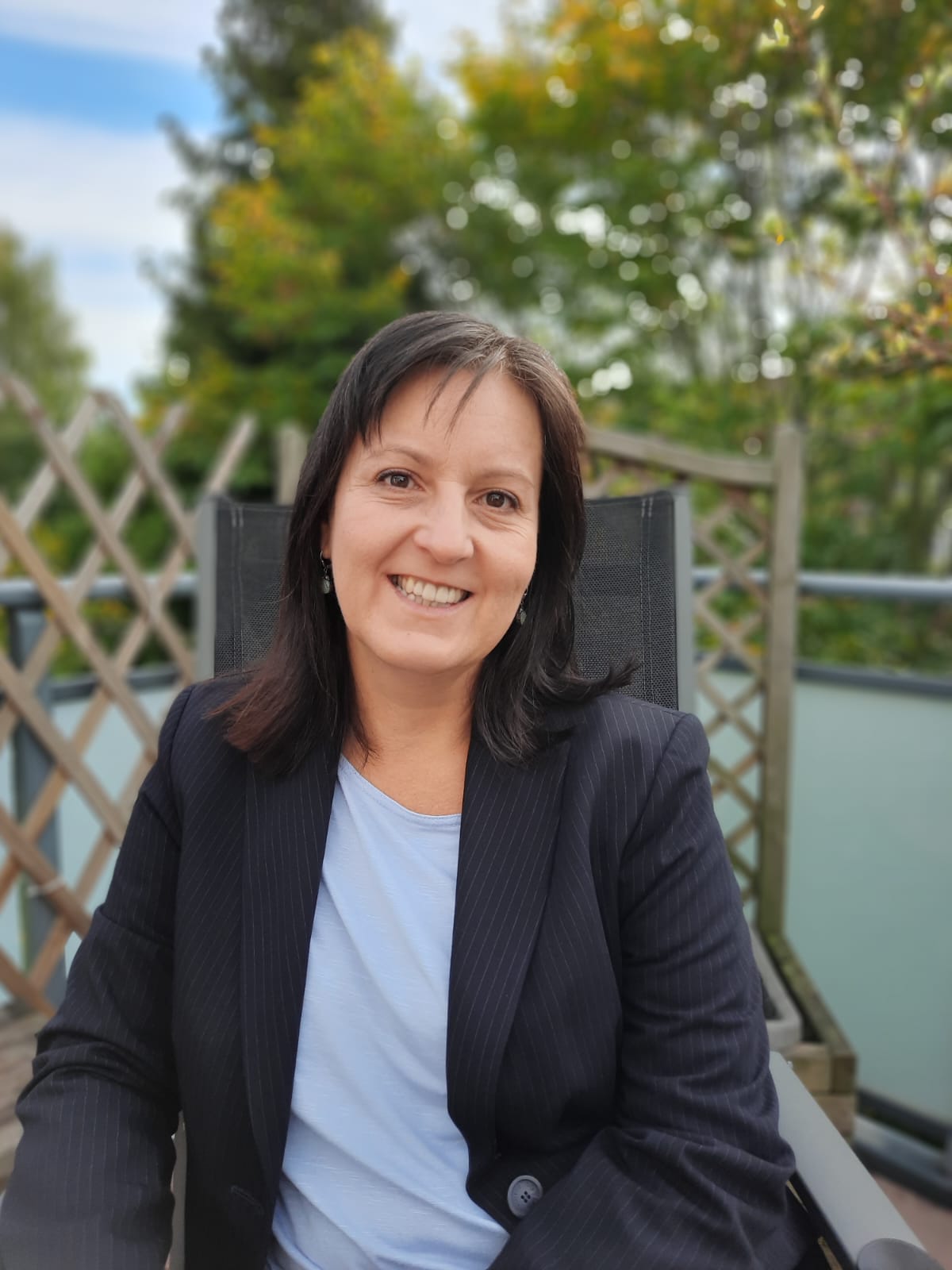 As an expert of Medicago truncatula, plant microbe interactions, nodulation and functional genomics, she introduced our bioteam into the secrets of growth and nodulation of M. truncatula.
As an expert of Medicago truncatula, plant microbe interactions, nodulation and functional genomics, she introduced our bioteam into the secrets of growth and nodulation of M. truncatula. -
04 December 2021
The winners!
Excitement filled our social media group, as we learned that the official DLR (German Aerospace Center) website announced the winners of the "Ueberflieger 2" competition! Next to the projects ADDONISS from the TU Munich, BRAINS from the University of Luxemburg and FARGO from the University of Stuttgart, our little clover experiment was selected as one of four projects that will go to the International Space Station!
ADDONISS (Ageing and Degenerative Diseases of Neurons on the ISS) will investigate cultures of brain cells and their behaviour when exposed to chemicals, aimed to induce an
Read further... -
Selection Workshop
29 November 2021Today is one of the most important days for our project, because today our concept and our performance will decide, if we can send our experiment to the ISS or not. Out of 11 only three teams from Germany and one from Luxembourg will be selected! So we really have to convince the jury of our project.
The jury of the selection workshop consists of representatives from DPG/ZARM, LSA, DLR and yuri. The presentations of the other groups are really interesting, which shows how strong the competition is. LIFES for example, a group from Oldenburg,
Read further... -
October 2021
Foundation
Today is the date about the foundation of our group with the first group members. Pia Bench our groupleader and former had the idea of taking part in the Überflieger 2 competition.
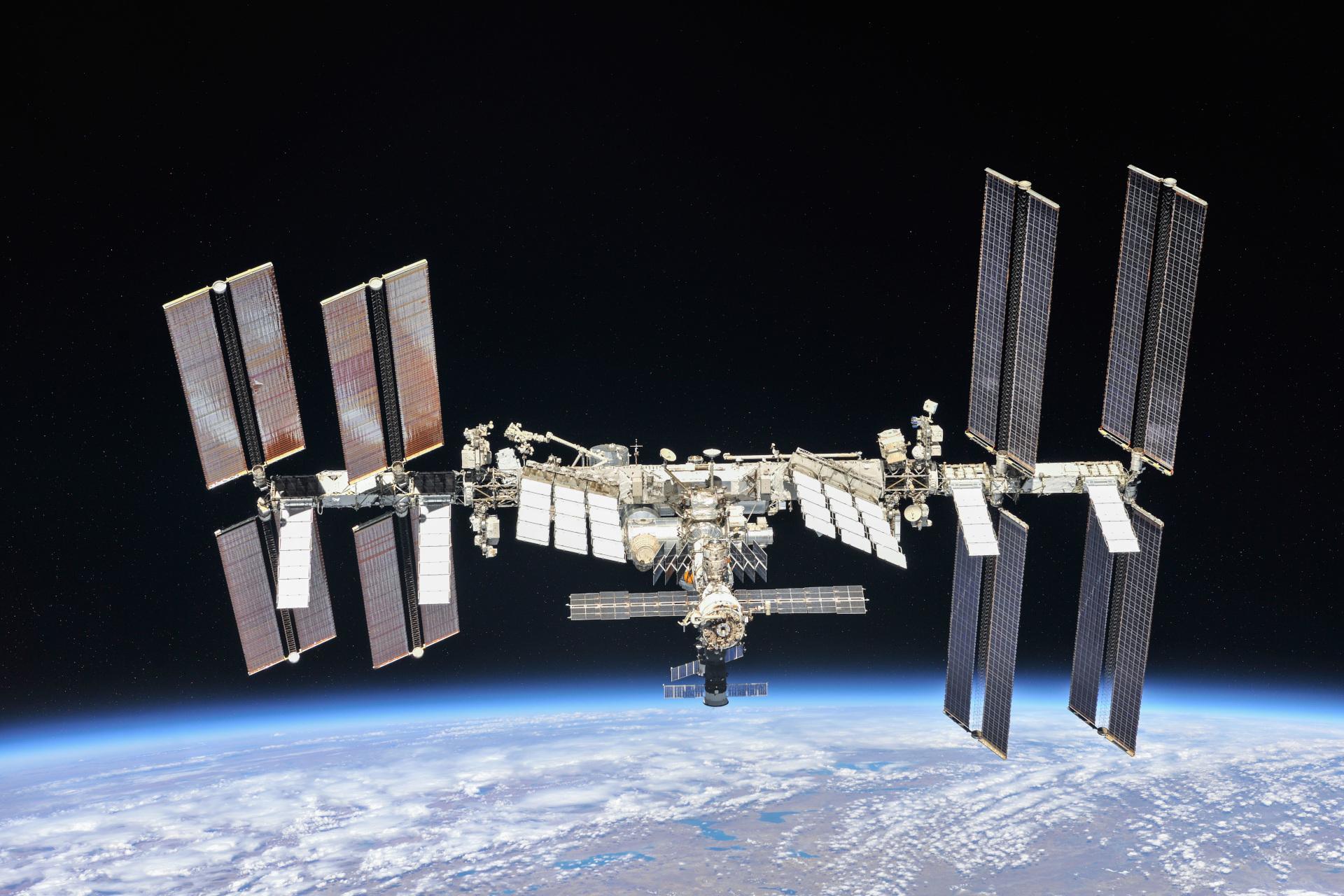
A professor of the Leibniz University Hannover played a role model in having the motivation to send an experiment to the ISS. Emeritus Prof. Günther Scherer worked on the effect of gravity on the model plant Arabidopsis thaliana and their root formations and as well on the phytohormone auxin in connection with low gravity. His scientific posters are still shown on the floors of our campus. His work
Read further...



